
A running weekend is always exciting, especially in corona time and after a few runs where I ate more than I moved. Yet I still dared to participate in the Wieringer running weekend.
Those who know me, know that I have a big weakness for islands, our Wadden Islands (see for example Ameland) are no exception. After I saw an announcement on Instagram about a running weekend with yoga and mudflat walking on the former Wadden Island of Wieringen, I was hooked and almost immediately signed up with Pascal Revenich from Op-Wieringen.
For me, trail camps and running weekends really have added value compared to races. Not only is there a lot more contact with like-minded crazy people, but it is often more social running with a guide, so you get a better feel of your surroundings. Plus, of course, the extras in the form of mudflat walking – always wanted to do that – and yoga (okay, boot camp too, but I'm a bit too sensitive for that, sorry Freek).
However, for me it always brings with it the necessary tension. Will I be able to keep up the pace? What about food? Can I continue solo if necessary? That tension was especially present in the last weeks: since the Bear Trail, things had gone wrong with my nutrition. At Leiden Marathon I even had to give up after 18 km because a) my blood sugar would not go up, and b) I got quite nauseous from all the food. At the Miradaltrailmarathon it also went terribly wrong (report to follow), but I still managed to finish reasonably well. Couldn't bring myself not to finish on a trail for and by diabetics, where you also want to offer some hope to parents of diabetics.
Local support
After some public transport problems, I was picked up from Anna Paulowna station by Jan, who has lived on Wieringen all his life. It is really great to see how Pascal has found local athletes who are so enthusiastic about their surroundings. Besides Jan, they included Eelco, Freek, Inge, Lianda and Marianne. It really creates a friendly, welcoming atmosphere and ensures that you get to see the most beautiful parts of the island. Our knowledge was even tested on day two in a real quiz.
The kick-off of the weekend was a 10 km run around the pagan chapel. It's name is a pointer to the religious rituals that were carried out at the spot before it was a church. Two leylines are said to meet there, which often gives a tangible energy (in many old churches, you can feel this around the altar; if the church has ever been moved, you can feel where it used to be). Unfortunately, we did not enter the church, nor did we search for the golden clapper that the monks supposedly hid in a well during the iconoclasm and that to this day has not been found.
Just before the run, I had a bit of a tough moment: it took a Wieringer Jodenkoek (a traditional gingerbread cake) and two bananas to get my blood sugar stable. This is quite exceptional, but fortunately it was the only necessary intervention for the first short run. That meant that I could just enjoy the run.
Connected by the Afsluitdijk
It was a first brief introduction to the former island, its dykes, polders, the Wadden Sea and the lakes around it. Not so long ago, Wieringen was an island in the Zuiderzee, just like Urk, Schokland and Marken. Until, after a violent storm, it was decided to build the Afsluitdijk, which changed the Zuiderzee from an inland sea to a lake. The impoldering of the Wieringermeer finally turned Wieringen into a peninsula that has retained its own atmosphere. You can also see it clearly in the landscape: ‘rough’ undulating land with old, odd plots, versus the flat polder which has been laid out with a ruler.
At the beginning of the Afsluitdijk, there are a number of unusual farms: first of all, you notice that they are square and very large. A closer look, however, reveals that it is only decor. Under the roof is an ammunition depot by which the Wieringers claim they could have kept the Germans at bay for a long time if the Dutch bicycle army had not been defeated after just one day.
A little later we came to Pascal's office: a bench by the Kleiput (clay pit), where he often works in the sunshine. And close to the local monument: Woodhenge. This wooden Stonehenge is also built in such a way that, on the longest day, the sun shines through the four holes in the wooden ‘menhirs’ at 5.19 am.
Finally, the sunshine provided a nice dessert: the sky turned a beautiful shade of red. Now, the skies by the sea are always beautiful, but it was certainly something that enchanted us all.
In the evening we made a trip to the oldest Halloween market in the Netherlands in the main town Hippolytushoef. Great that this is possible again after all corona measures, although the market was a bit smaller and less crowded this year and less people were dressed up. Especially food stalls did good business, sellers of diamond painting materials would do better to run along or cuddle a gorilla to get a bit happier in life.
Circumferential movements
On Saturday, the real work began: a 26 km or 13 km lap around the contours of the former island. After breakfast, the blood sugar shot to bizarre heights because of the adrenaline. I had to choose: do I still take the slow-acting Ucan? Wouldn't it be better to inject a little more insulin (with the risk of a hypo because insulin works 2-3 times stronger just before exercise)? Or should I trust that it is a temporary spike (with the risk of dehydration)? Given the eating problems earlier, I chose the daring route: do Ucan and hope it will be fine.
We set off at a pace of around 5.50 min/km. Pretty fast for me at that distance. But I'll tell you right now: the strategy worked. And what a difference that makes in running power. Until the first 2 hours, I didn't need any additional food and I managed to keep the pace of the group. This was my biggest concern beforehand. If I were to fall of the wagon with my fueling strategy, it would immediately mean a considerable delay.
Once again, we were allowed to run to the coast through the narrow roads, partly protected by hedges. On an island it is always windy; add a little rain and you are soon at the mercy of the elements; then those hedges are welcome. Once the engine is heated up, a little wind and rain doesn't matter all that much. Except for the ladies with even longer hair than mine, judging by the complaints about the wind having blown knots in their hair after the run.
Seaweed dyke
Once on the dike, we really go through the Kleiput. In Jan's youth, motorbikes were still driven through this former clay pit; today, it is a nature reserve with a very high level of biodiversity. The breeding ground for the Wadden Sea. It has a more natural charm because of the reflecting mudflats and the many birds than the concrete dike on the other side of the island where you walk along the lake.
We soon arrived at the port of Den Oever. Although that town is smaller than Hippolytushoef, it sounds a lot more familiar to most people because of its large fishing port. The harbour area itself is regularly flooded at high tide (the highest point, not flood) and must then be closed off from the inland with doors.
Close to the harbour are the sluices to regulate the water in the IJsselmeer. This is, of course, a transition from fresh to salt water, which is nicely reflected in the little viaducts we pass under just before the first aid station. At this station, I check whether my strategy is working. The blood sugar is still too high but seems to be dropping. Fortunately, I had quickly replaced a sports drink bottle with water just before leaving to make the process a little easier.
After the post, we had to say goodbye to the group that was running the 13 km. They turned back inland towards the overnight location, while we walked on a brand new gravel path around the island. The dike on which this path lies is of course a lot older. What is special about it is that the dyke is made of seaweed (wier) that has been packed together. (And no, the name Wieringen has nothing to do with that).
Lots of aid stations
The next aid station was already in sight. First, I took some photos of the daisies on the dike that were still in bloom. Then on to the well-stocked car, where I took a little bit of food just to be sure, despite the fact that the blood sugars were still medium to high. But sensors are always a bit behind the reality.
And then there was the next supply station where we spent hours drinking for the photo. Okay, there was a small closed beach bar, but it was funny and so now there are dozens of photos of it.
It is only a small step from closed bars to quarantine, a subject that has become topical again. In the 19th century, the crews of ships from faraway places first had to be observed in isolation for three months before they were allowed to proceed to the mainland. Ultimately, the wooden barracks – now demolished – did not have to serve very often. Only during cholera outbreaks in Northern and Eastern Europe did several hundred sailors die there.
Het stuk na de quarantaine was het weer even blind vliegen qua bloedsuikers. Hoewel een extra bandje om de sensor wel helpt tegen de kou, was de wind aan die kant van het eiland te veel: ’te koud om te meten.’ Op de gok nog maar wat bijgegeten.
Stretching
Slowly but surely, we came closer to the cottages again. Those last few kilometers we seemed to smell the stable and go faster. Or was my feeling off? In any case, I was glad that we would finish together and therefore took our foot off the gas. When we got home, it turned out that my blood sugar had dropped a little too far; what a difference in pace that makes... In any case, I was glad that this had not been the case during the whole journey and that I could start eating lunch immediately.
Because of the rain, we did not stretch after the run. Instead, yoga was on the programme later in the day. Always nice to do, although I have clearly neglected it in recent years: I don't get nearly as far as I used to.
The evening was nice and quiet. First, we dozed off in the hot tub: an old buoy filled with water at about 40 °C, followed by the aforementioned quiz on the island and sport. Together with Eelco, I finished in the middle. As an import from Wieringen, he did provide most of the answers, otherwise we would probably have been in the running for the hat-trick.
Walking on water
And then it's the last day already. With a very nice programme component that had been on my wish list for a long time: mudflat walking. For someone who has lived in Groningen for years and has spent weeks on Wadden Islands, it is quite special that I have not done that before. But there is a first time for everything.
Don't take the Strava for this ‘run’ too seriously, the watch was turned on on the boat so we could see the sailing route. And that boat first went to the sea to spot seals and then turned around again in the direction of the coast. A small motorboat then dropped us off on a sandbank that had fallen dry in order to wade through the mud for an hour and a half.
Today, by the way, blood sugars went downhill again: breakfast caused quite a spike. Next time, I will stick to my own breakfast. In the end, I had to take a small bolus on the boat. That's funny: all the runners who otherwise want to show you their blistered feet, who let themselves be tortured when injured, don't dare look at a needle of less than 5 mm. Once on the mud flats, things fortunately started to go better.
On your toes
Once you have taken the first step overboard, you almost immediately get stuck in the mud, which is still hidden under a 40 cm layer of water. That was a bit of a shock, the Lone Peaks clawing the mud with the rear bumper. And I was landing my feet flatly, as you are supposed to do on the beach. The guide's tip: make sure you walk on your toes, then you'll be out in no time. It worked.
Walking on large parts of the mud flats was not too bad. The weather was nice, the soil reasonably firm. Now and then the locals showed off some packed seaweed – excellent fuel according to Jan, dug out a pier with their bare hands – again Jan – or tried to put crabs in other people's necks – Lianda. It was an exuberant atmosphere.
Of course, as runners, we also had to do what we do best: test whether you can run on the flats. And it went quite well.
Of course, pride comes before a fall. This day the water was still relatively high, probably due to the wind. And we had to go through a gully where the water was deep and the shoes got completely stuck before you reached a sandbank again. In short: I fell on my knees twice and had to be pulled out of the gully, but that's just part of it. The mud is soft.
Furthermore, it was only at the end that it was a bit of a struggle. There, the water had penetrated much more into the upper layer. The result: thick stinking mud in which you sink half a foot. Standing still is a bad idea. But if a family with a grandmother and assisted grandfather can manage it, then it is certainly possible. Like mud monsters, we climbed up the shore in order to walk back to the accommodation and literally scrub off the mud with a brush.
After a portion of kibbeling and fries, the inevitable farewell came. I am quite bad at saying goodbye, and immediately miss the group. It was definitely a great weekend and comes highly recommended: well organised, good company, good scenery, in other words, the good life.
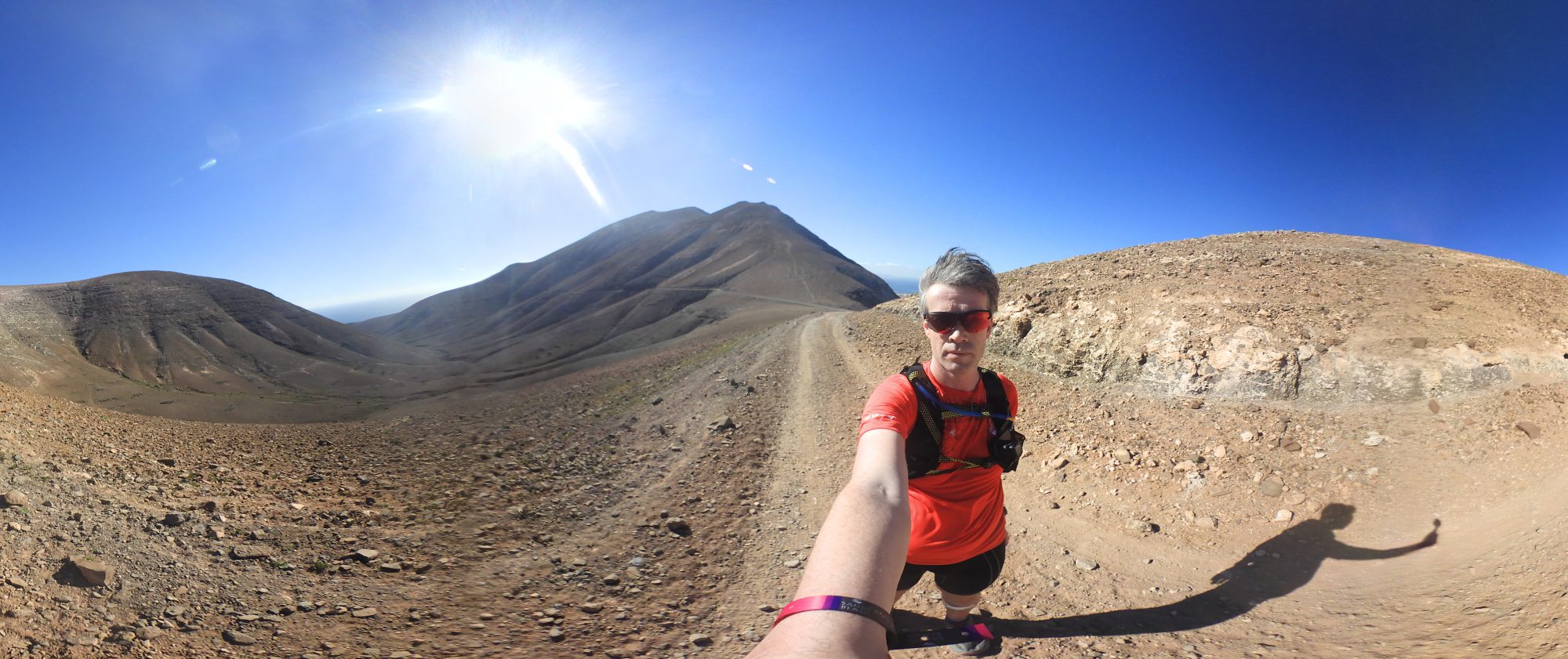
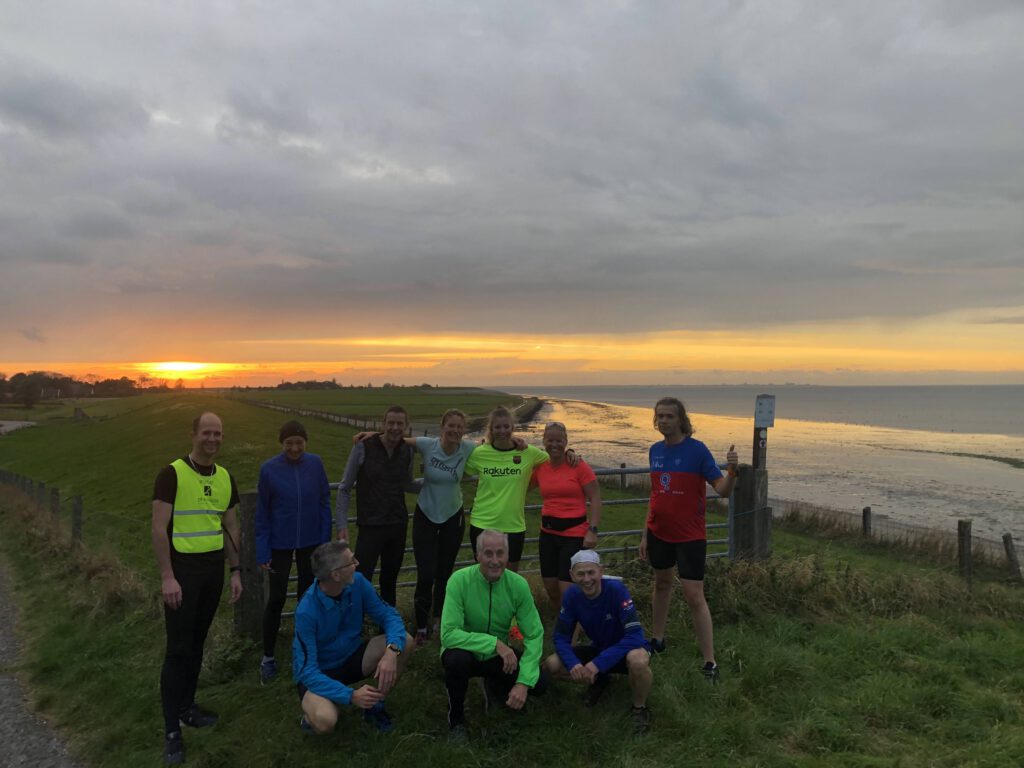
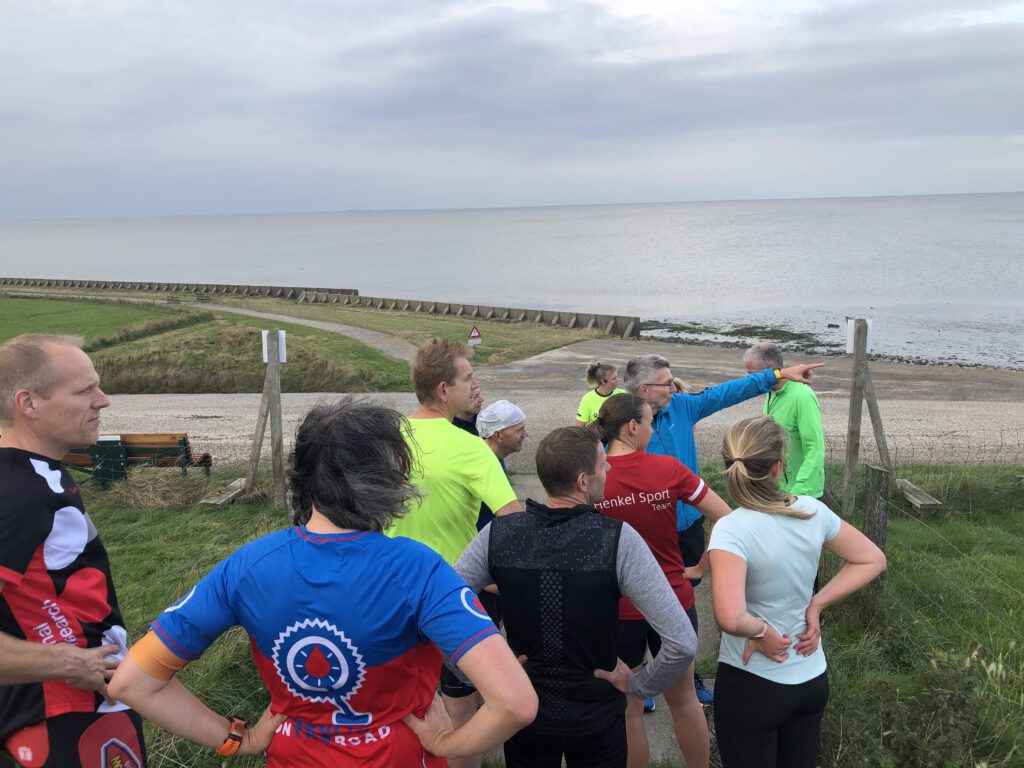
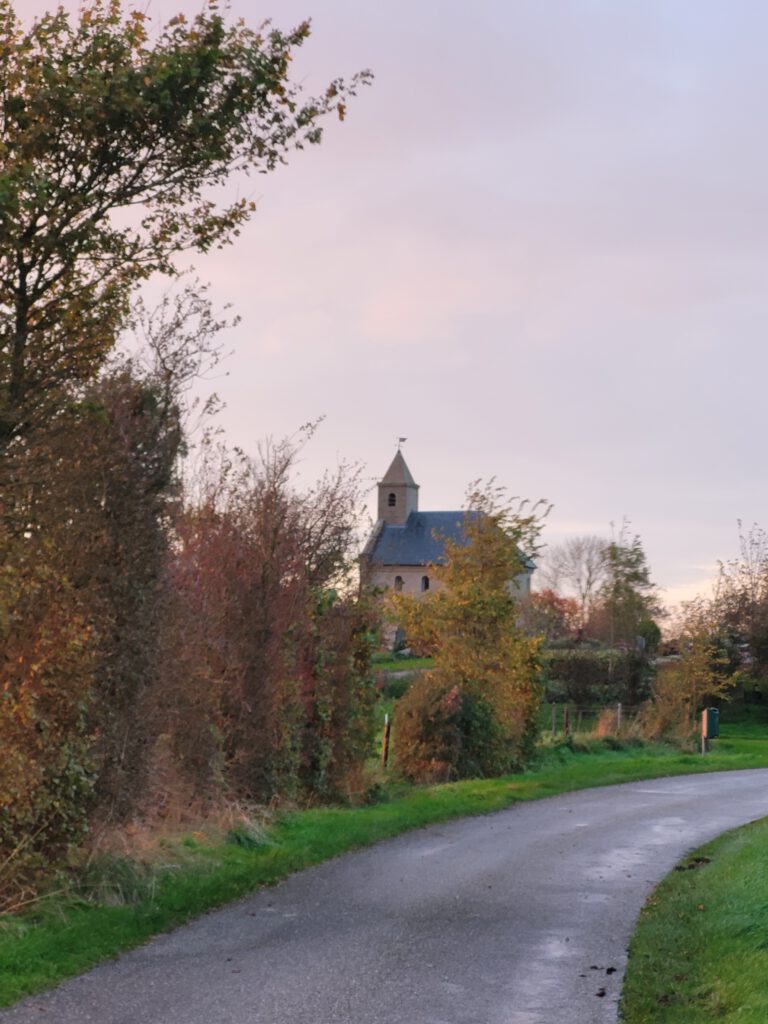
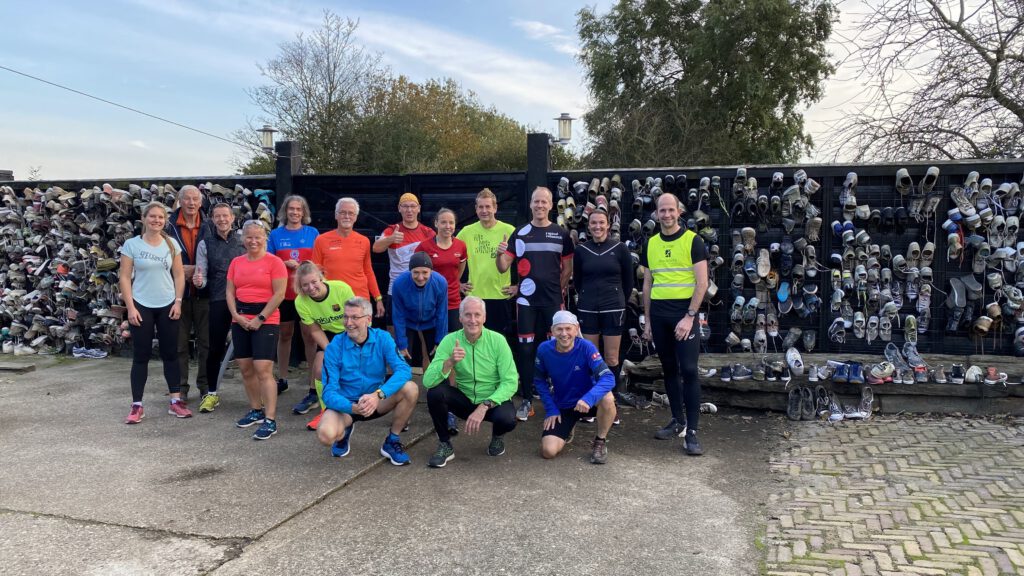
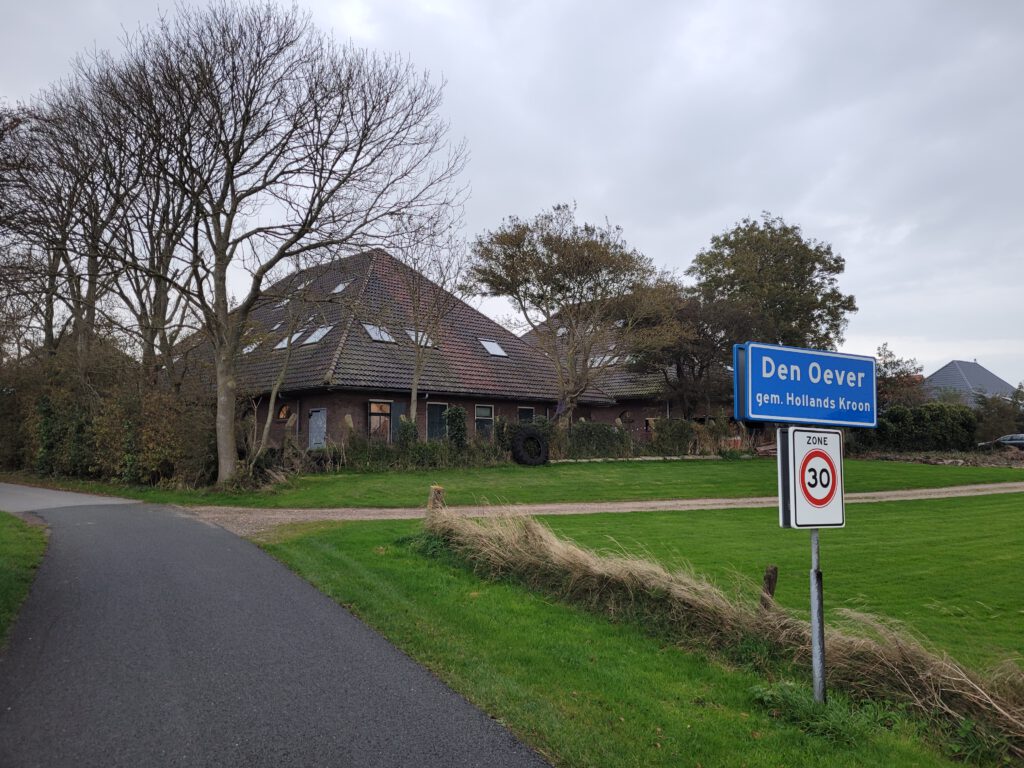
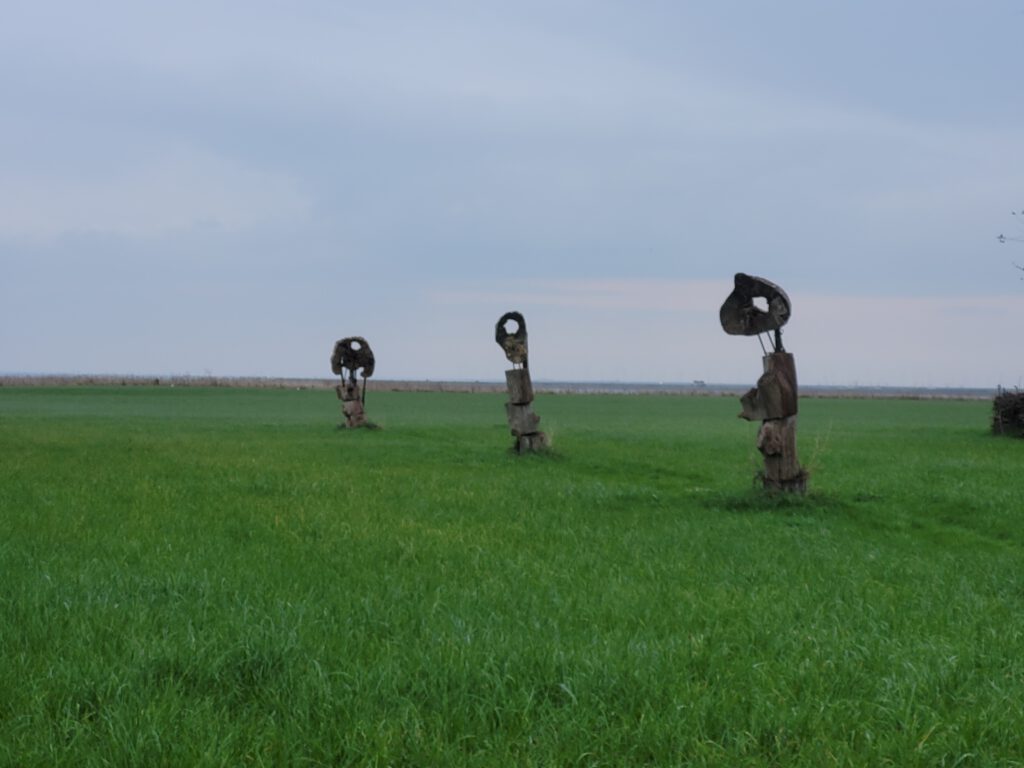
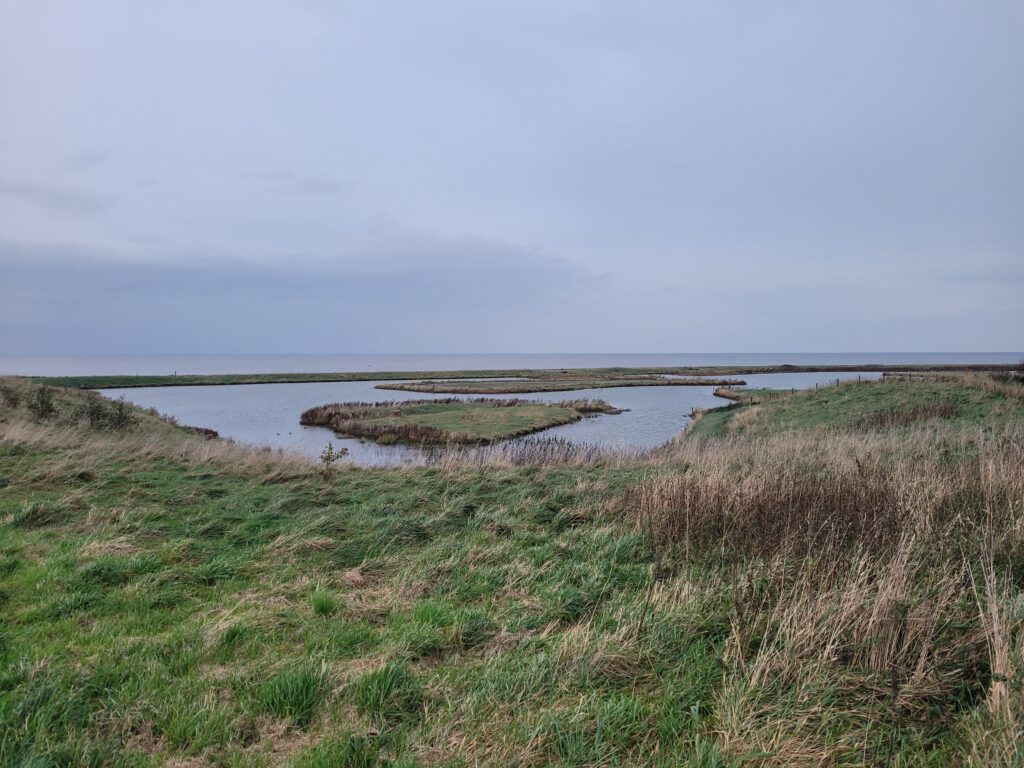
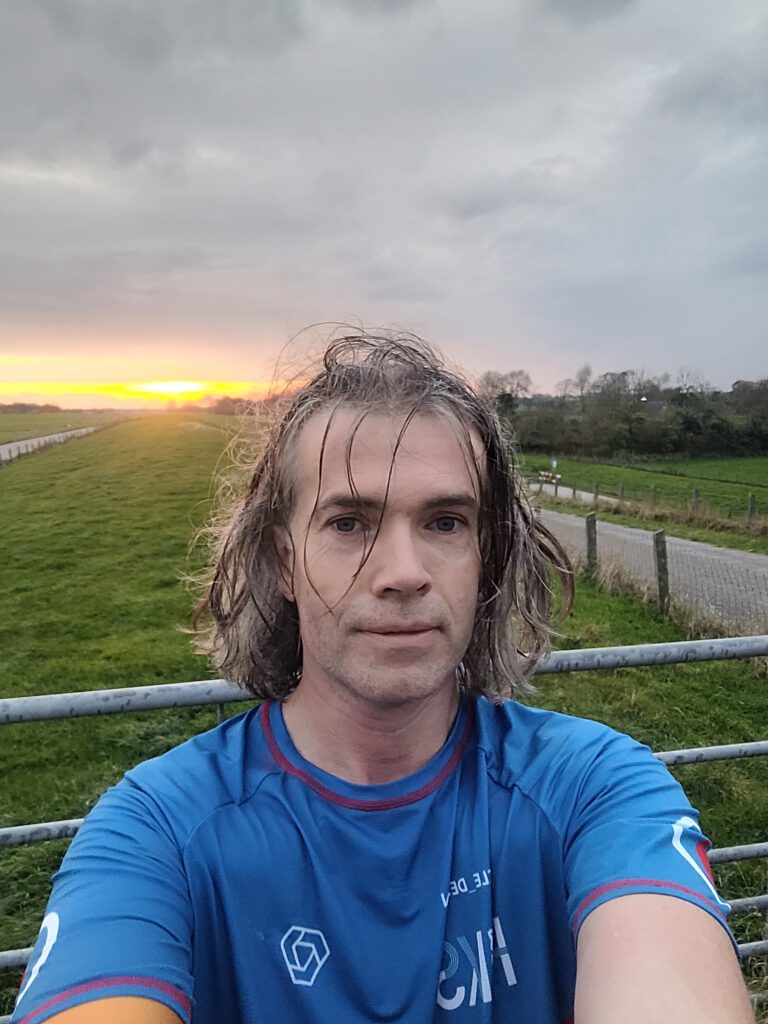
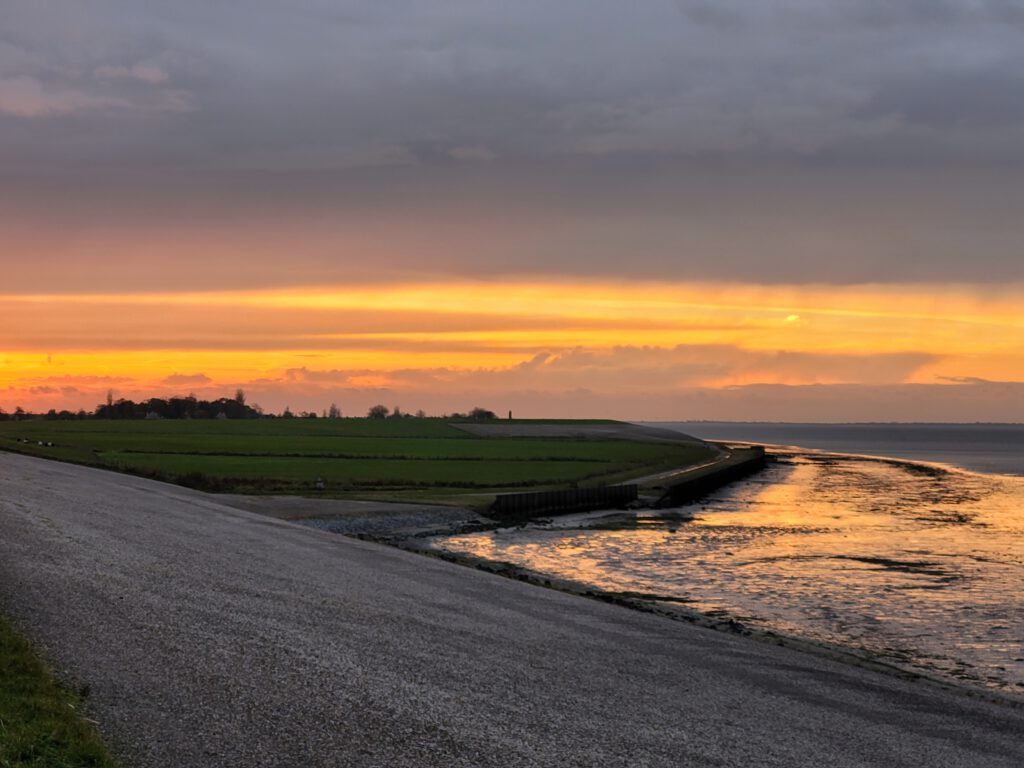
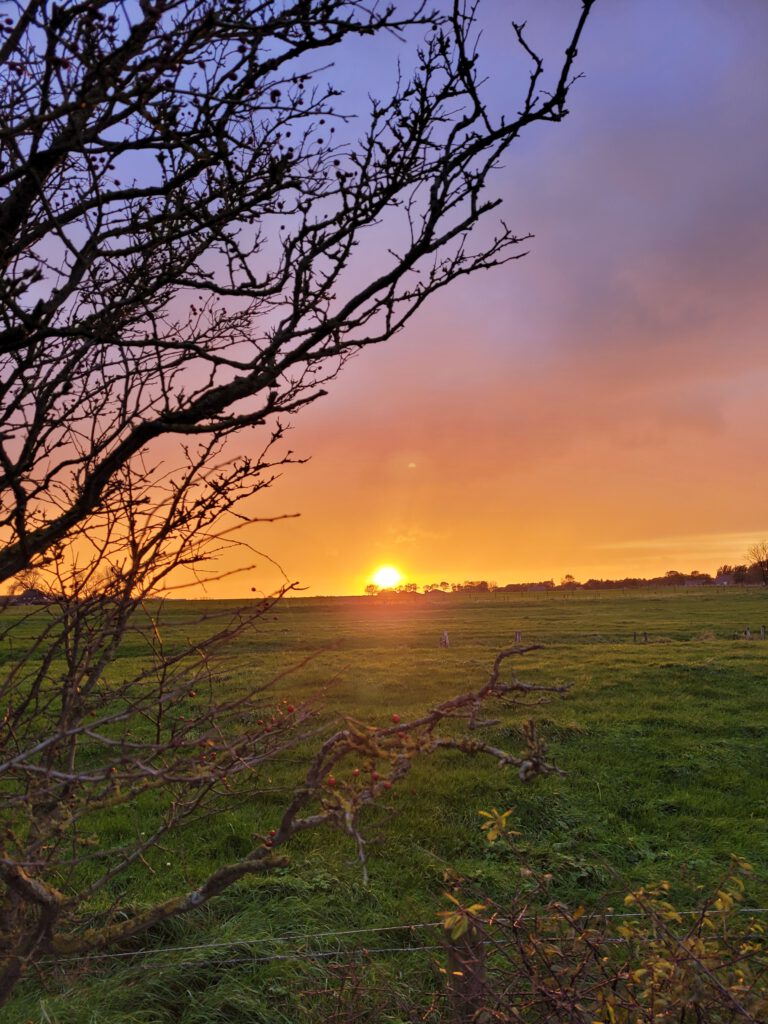
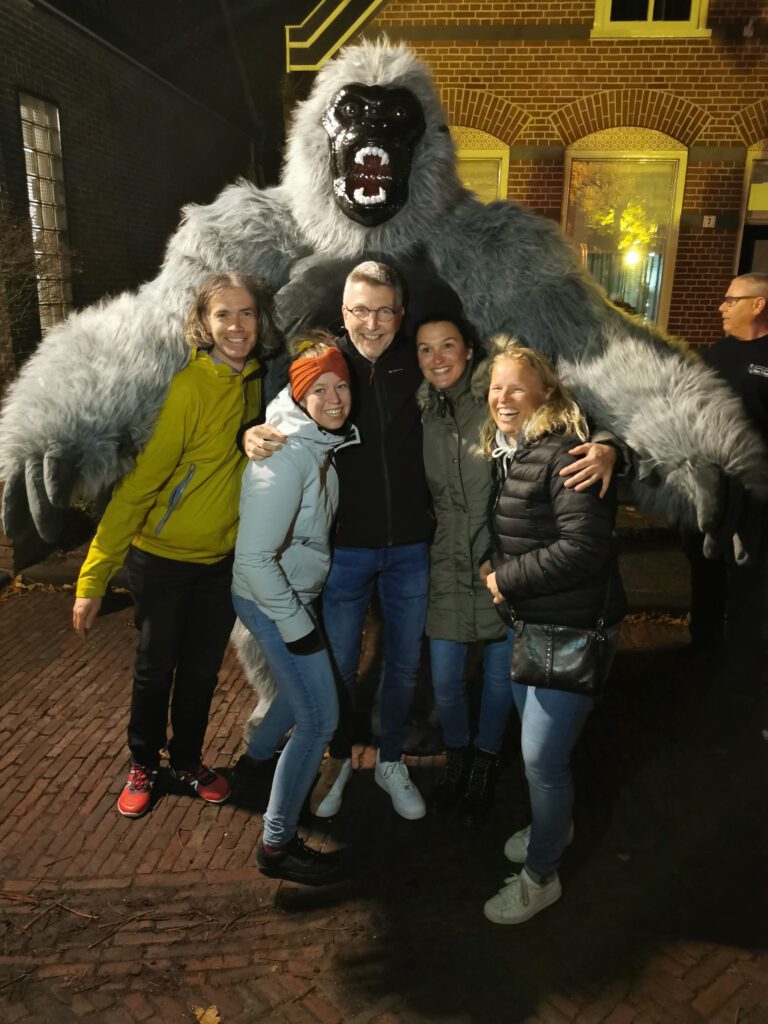
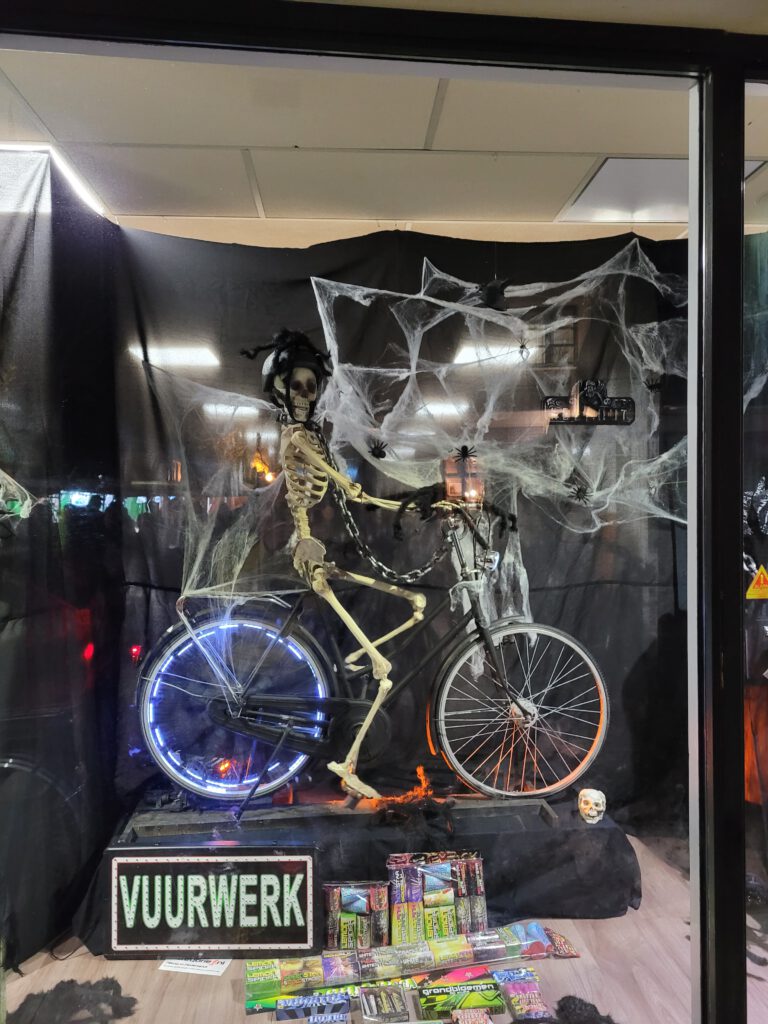
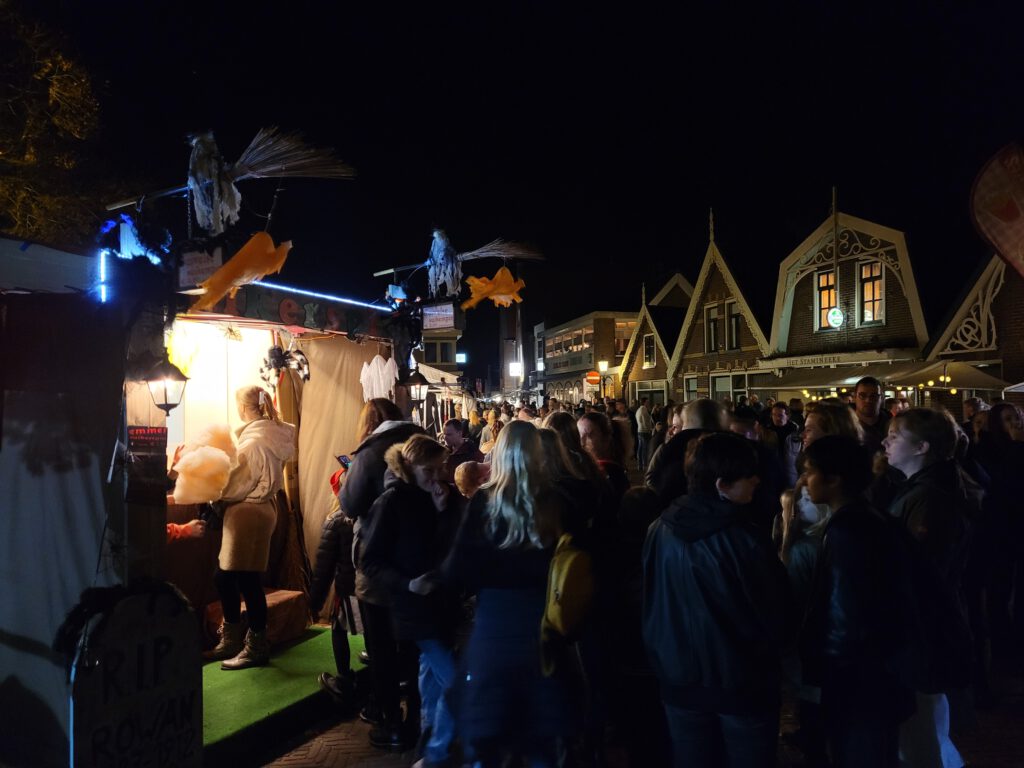
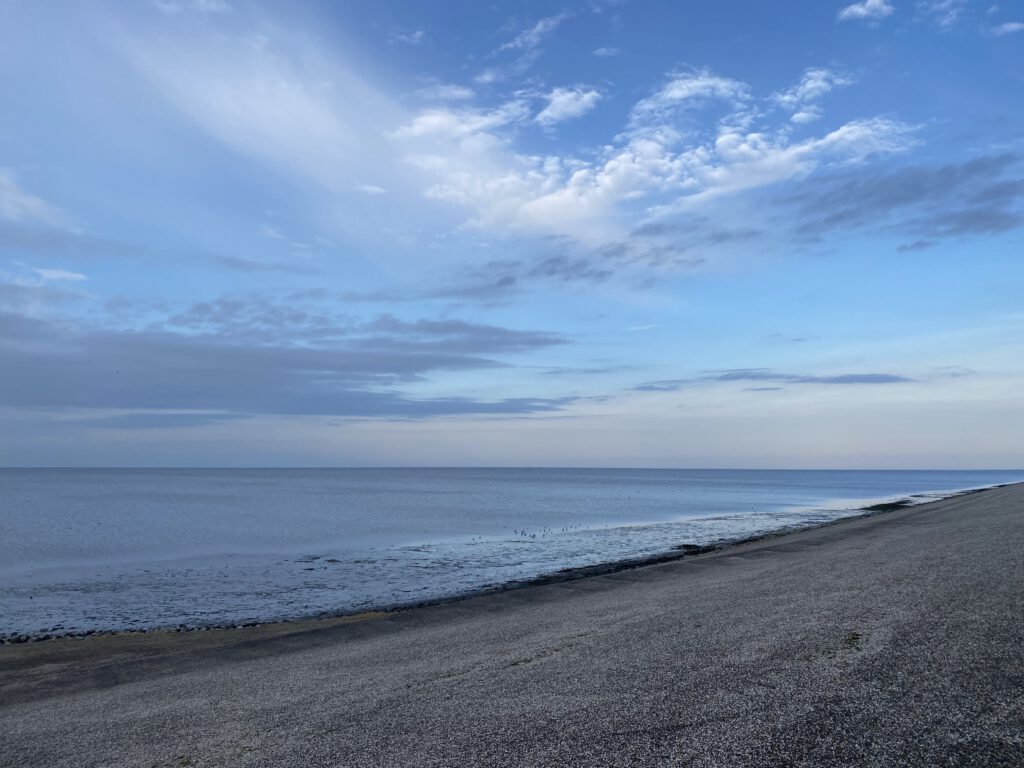
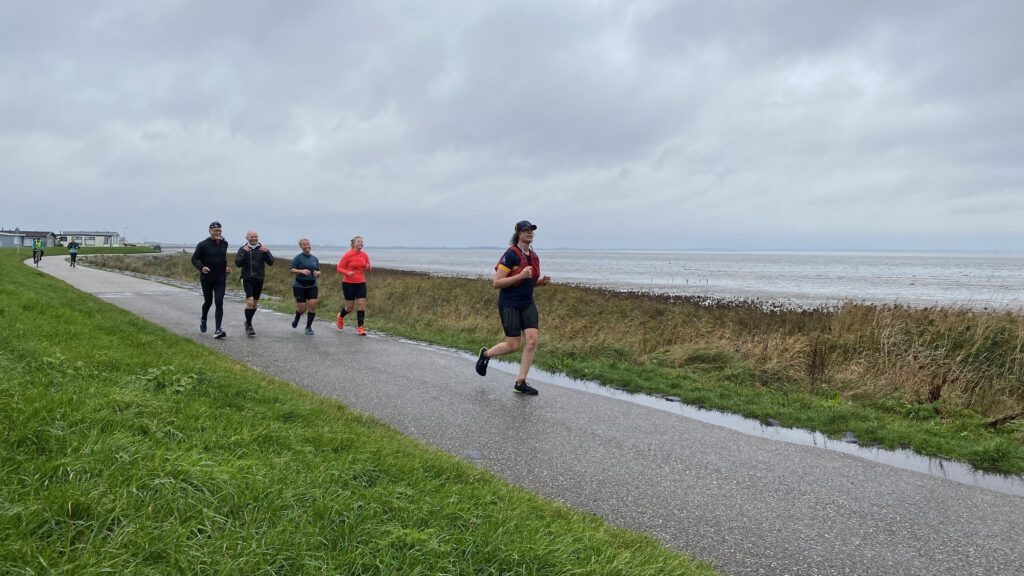
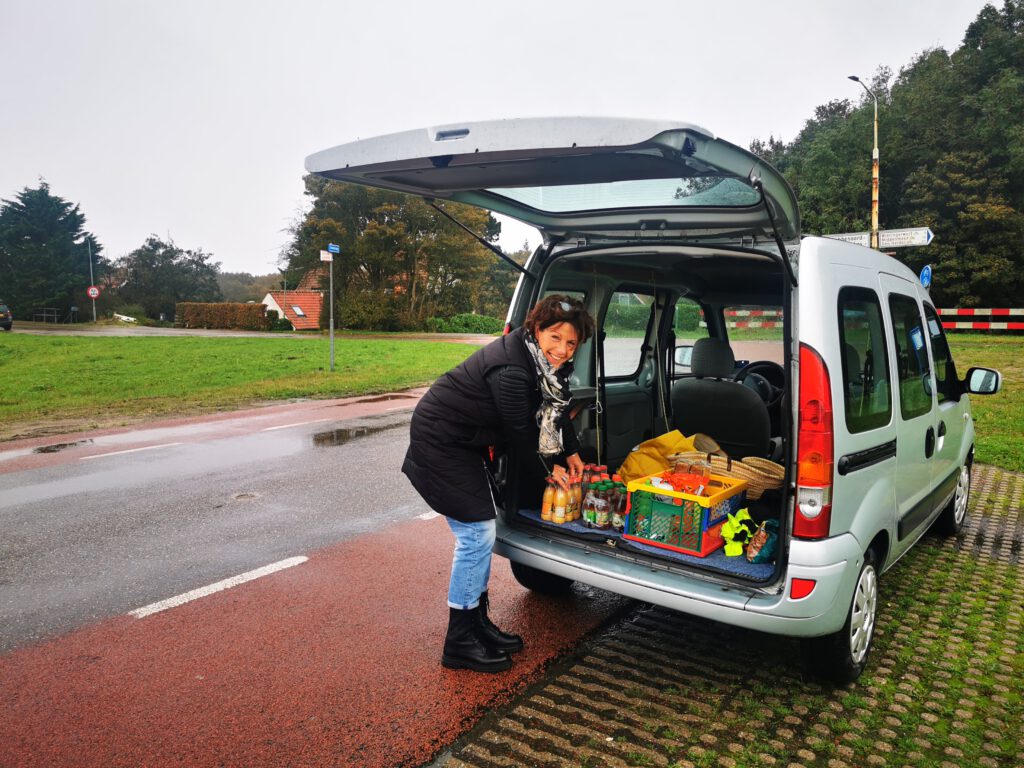
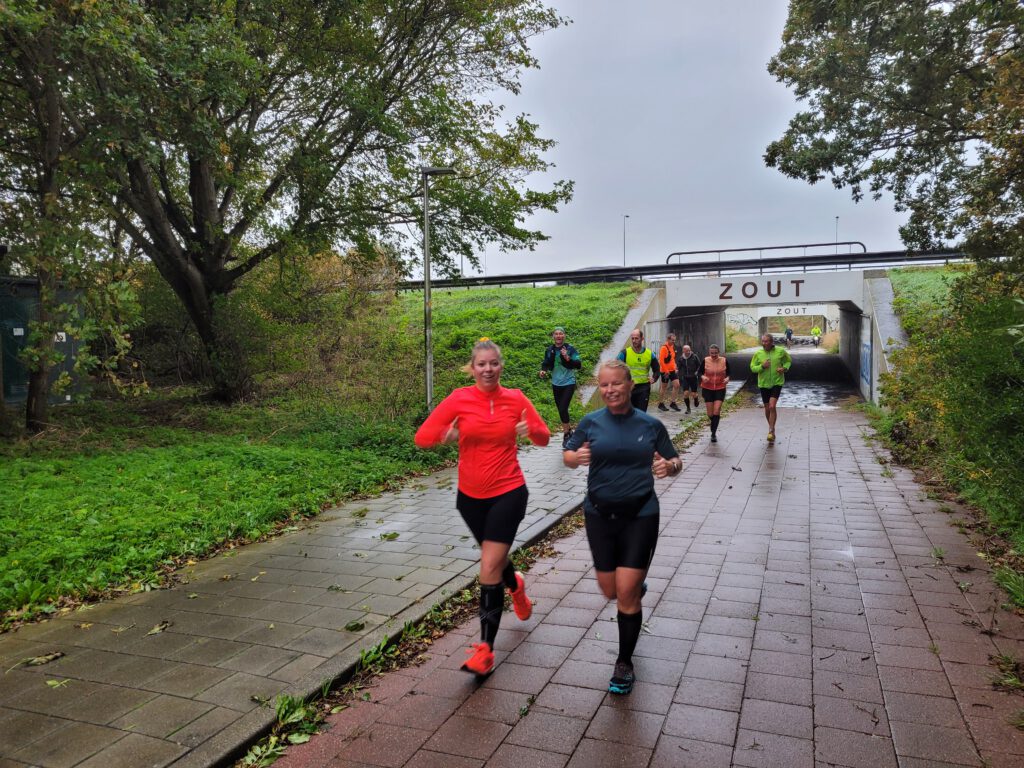
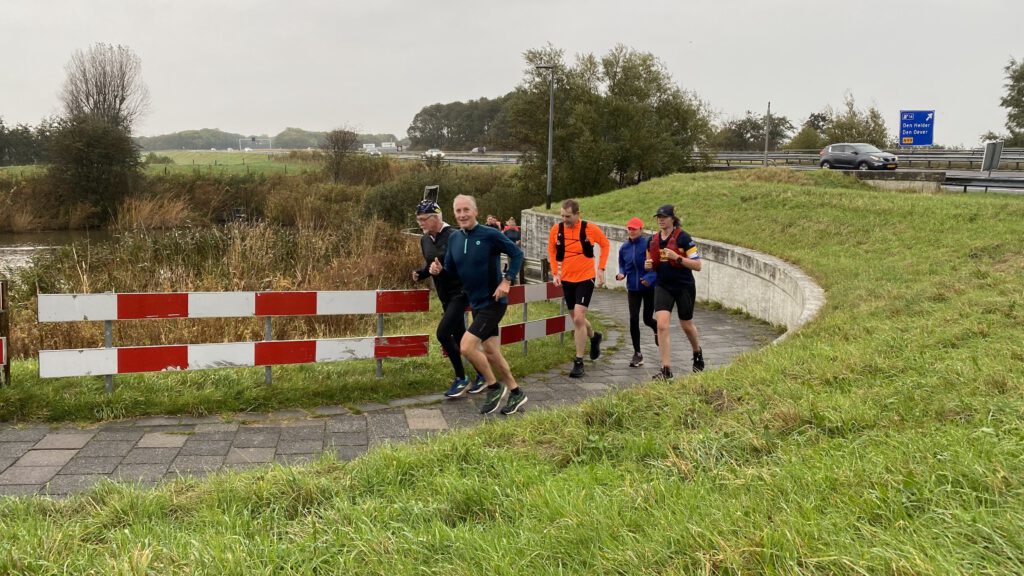
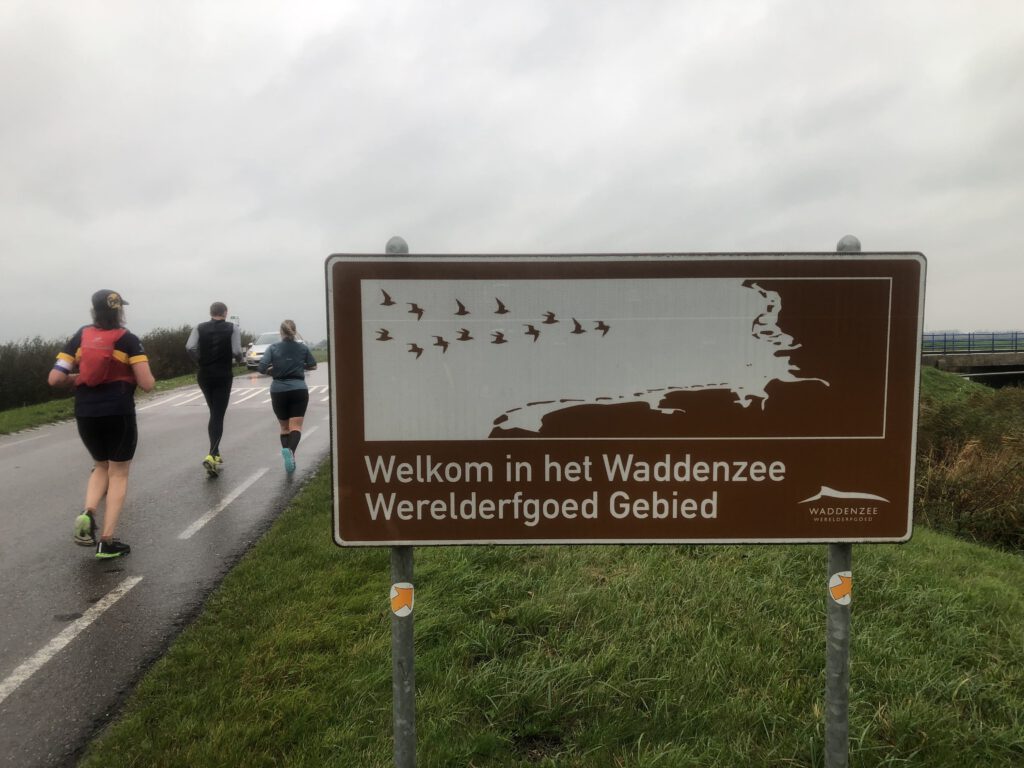
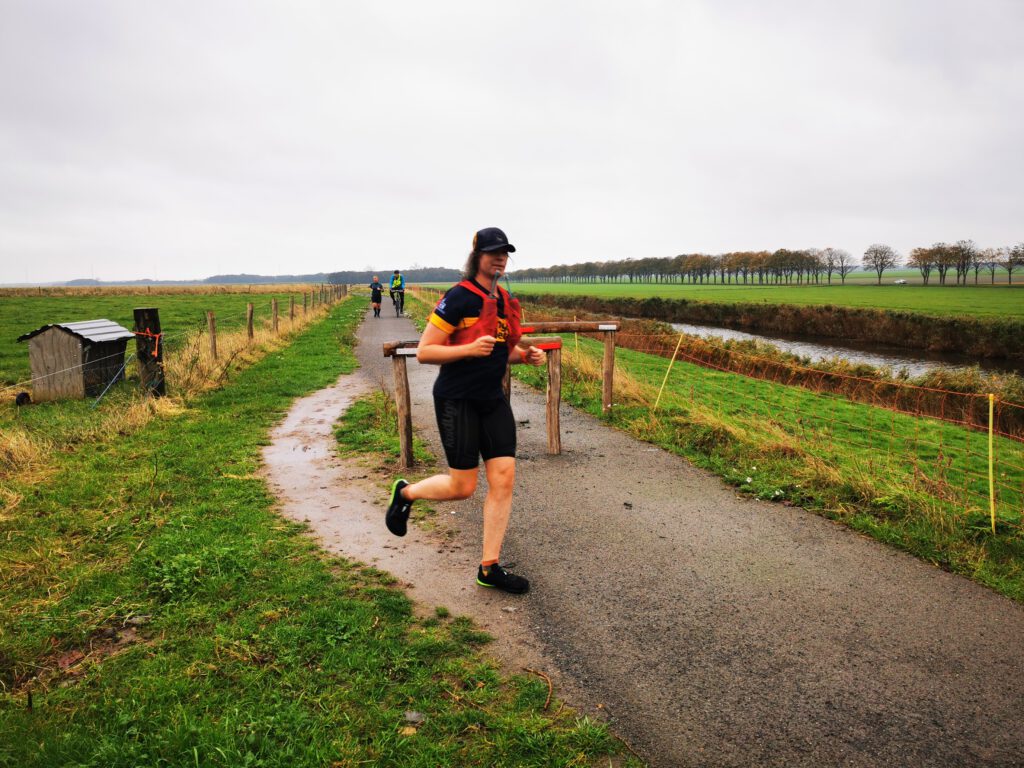
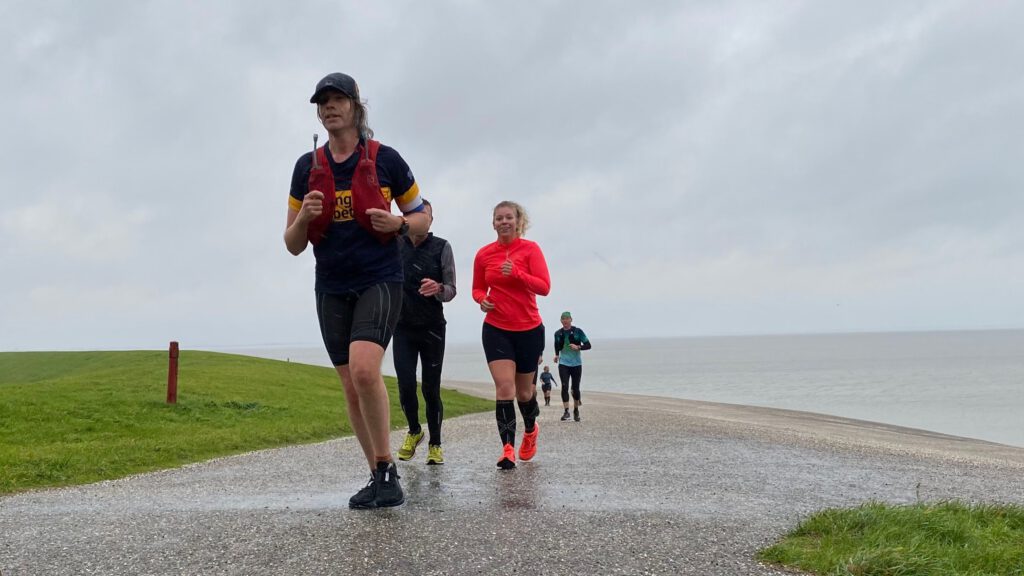
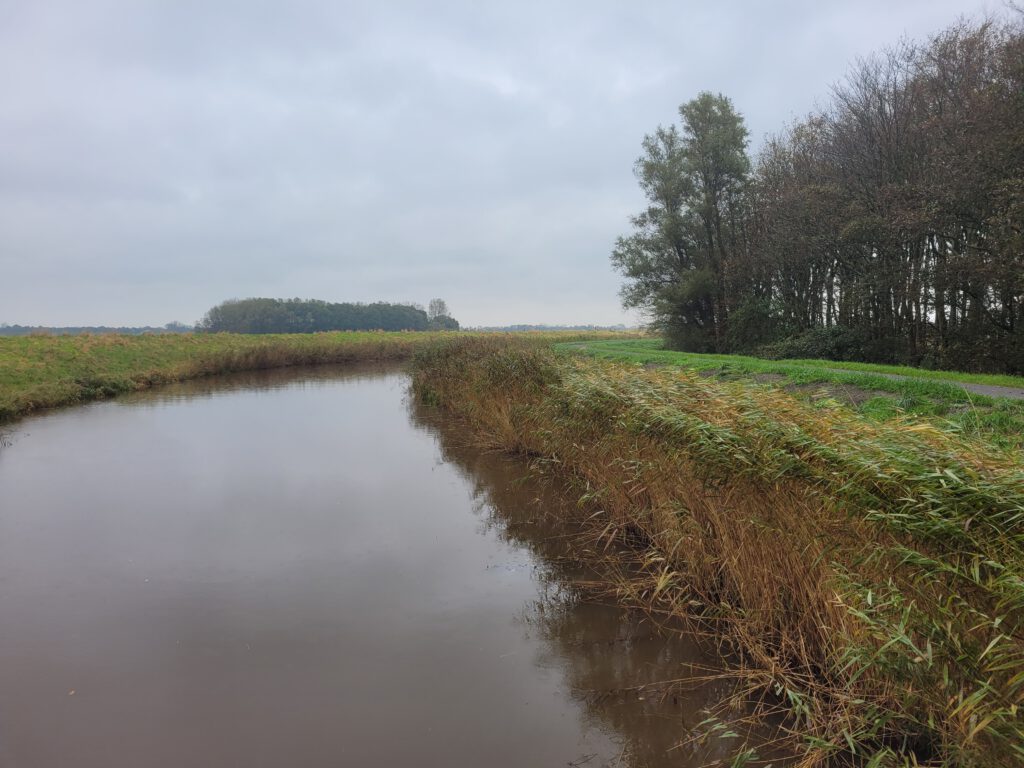
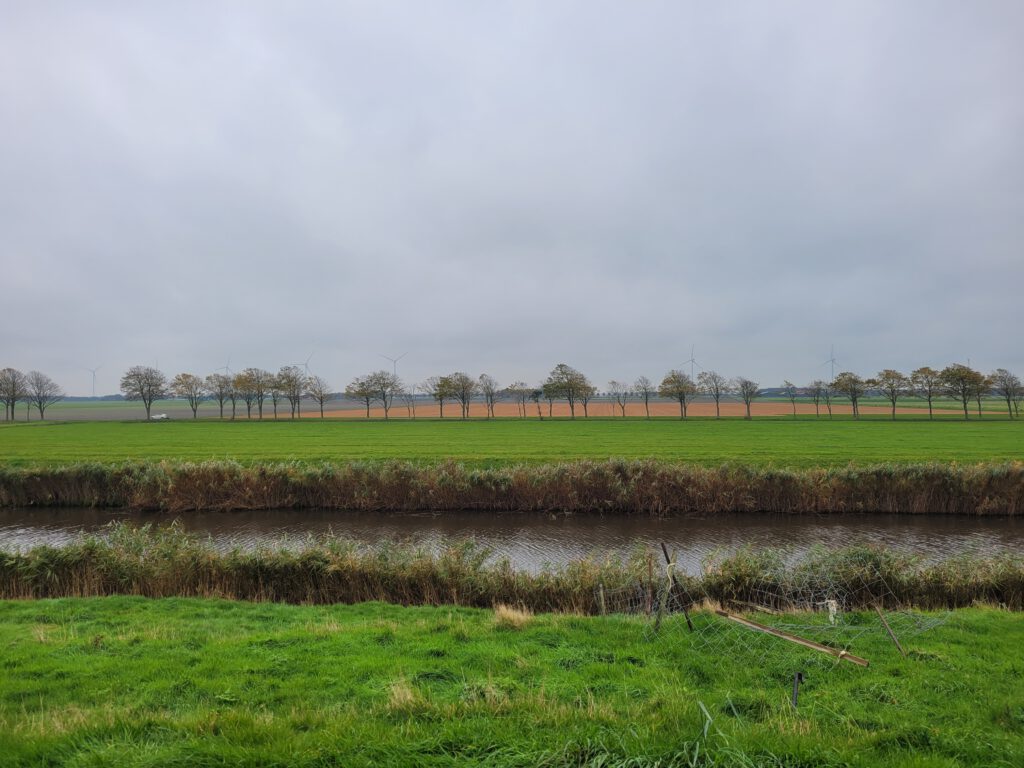

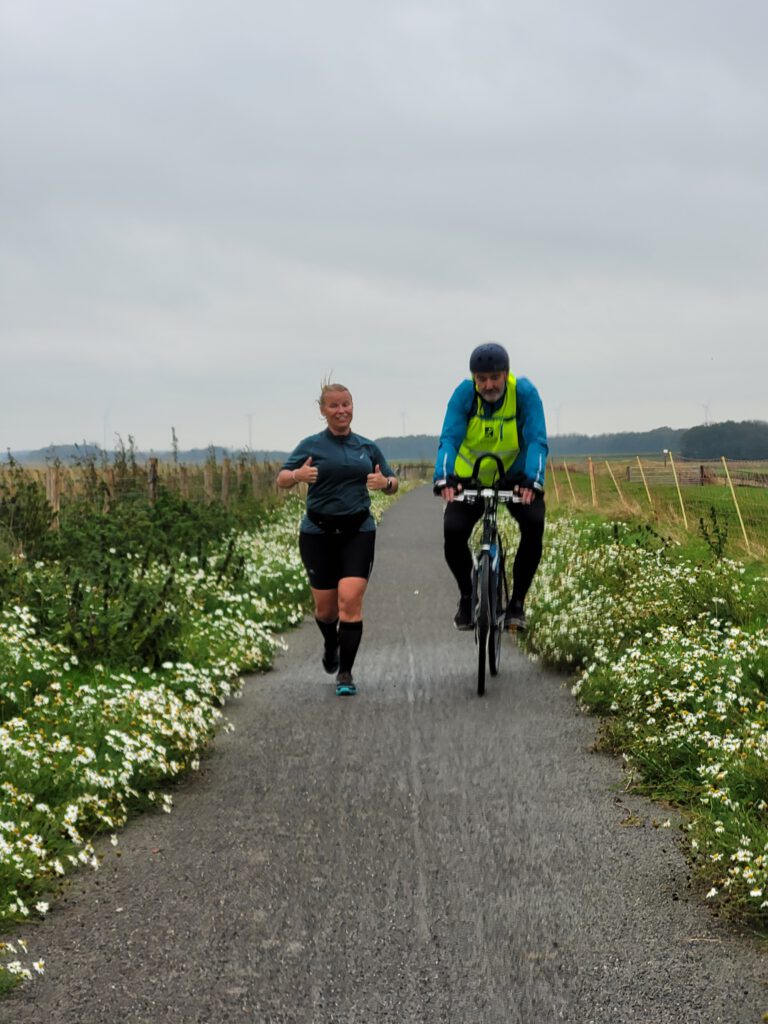
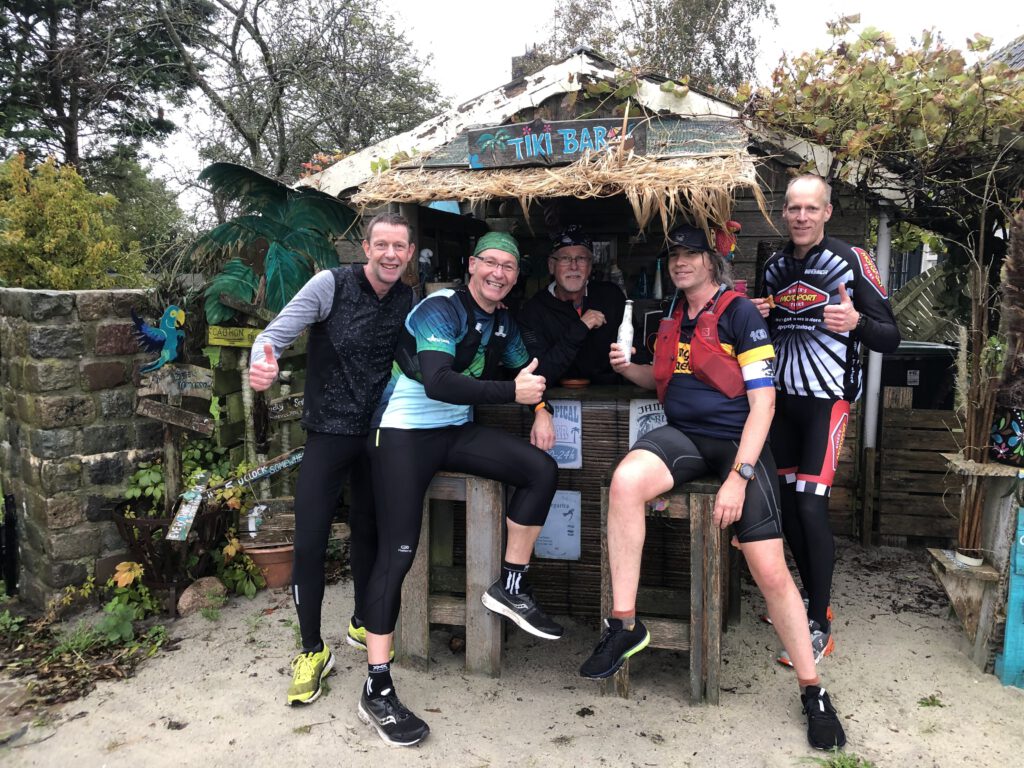
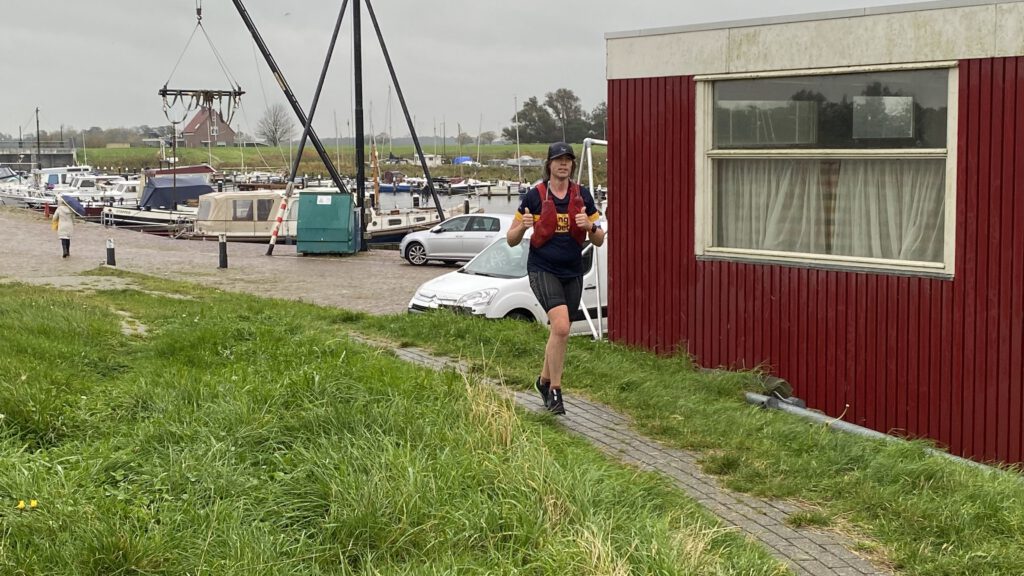

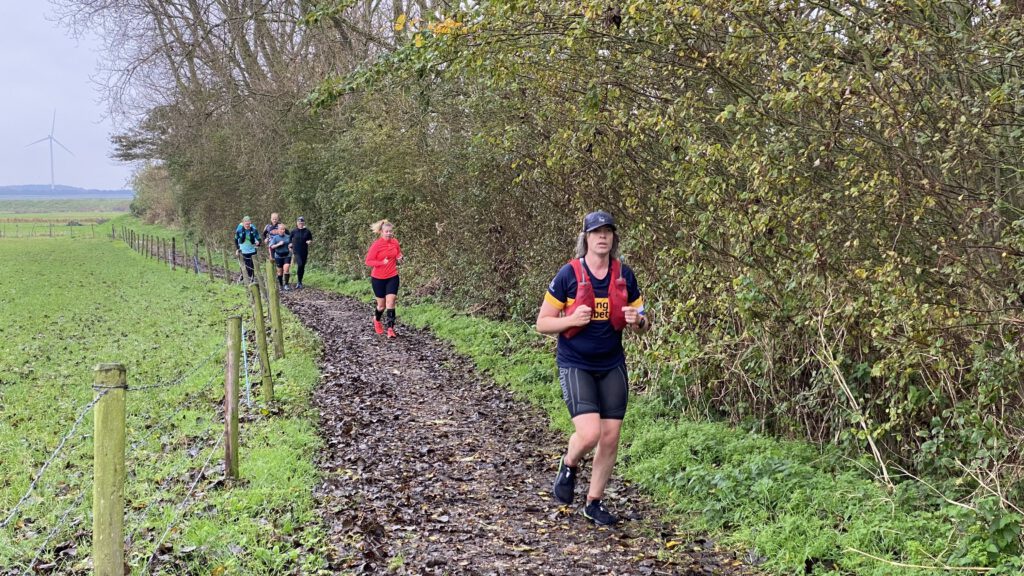
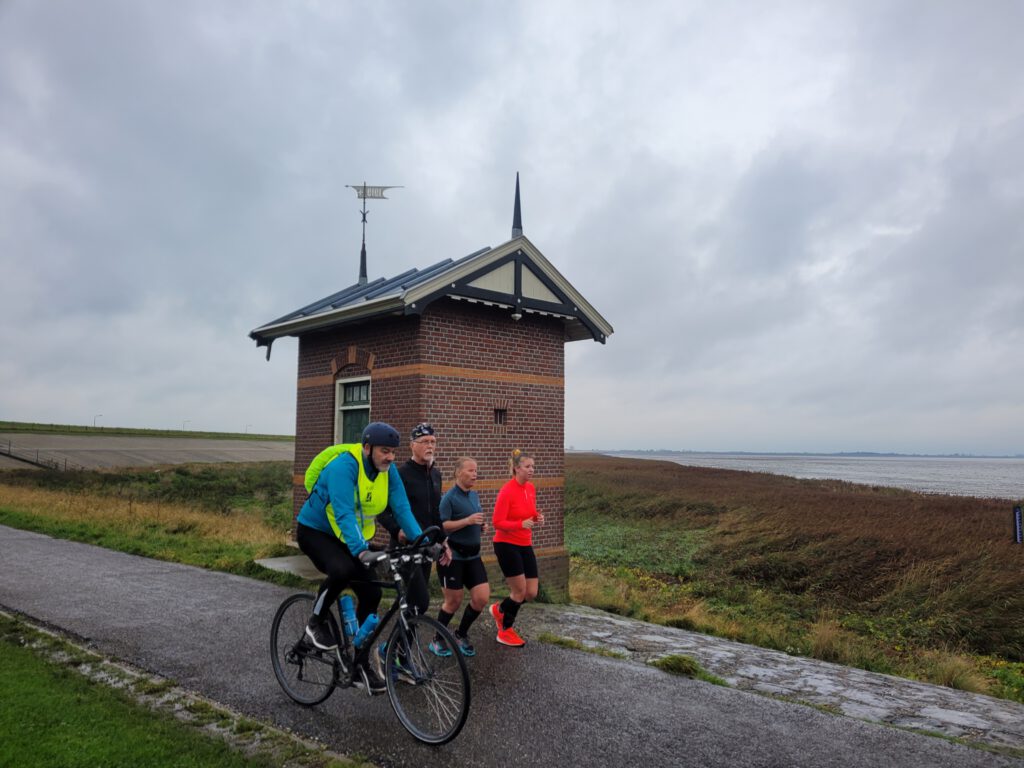
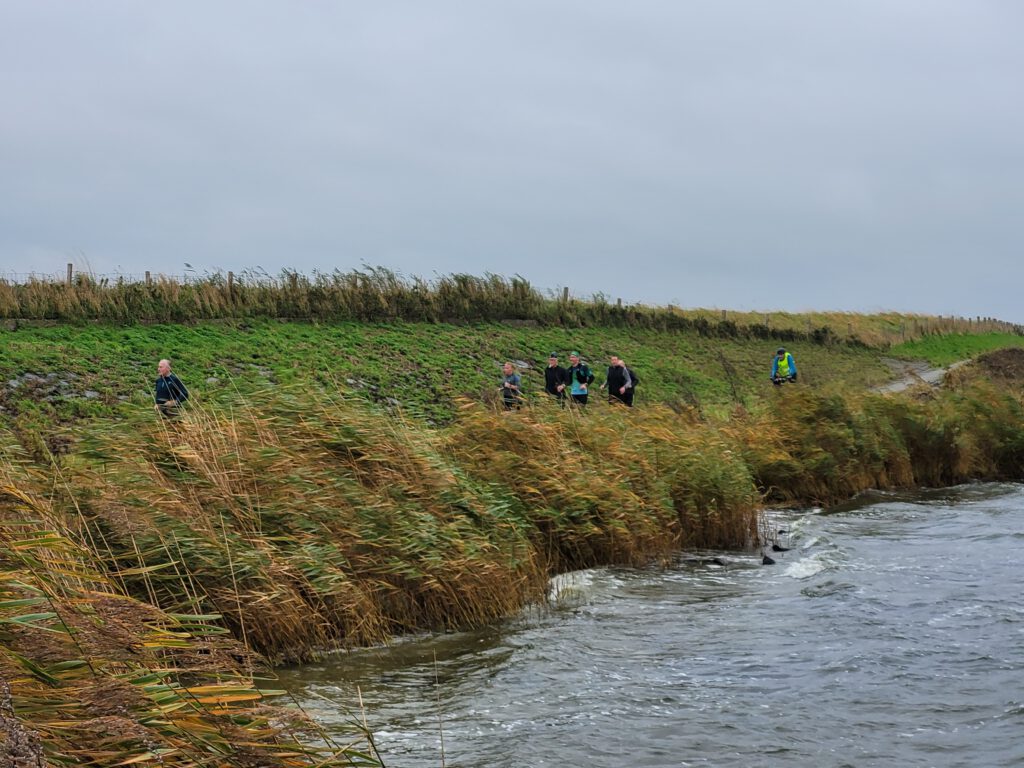
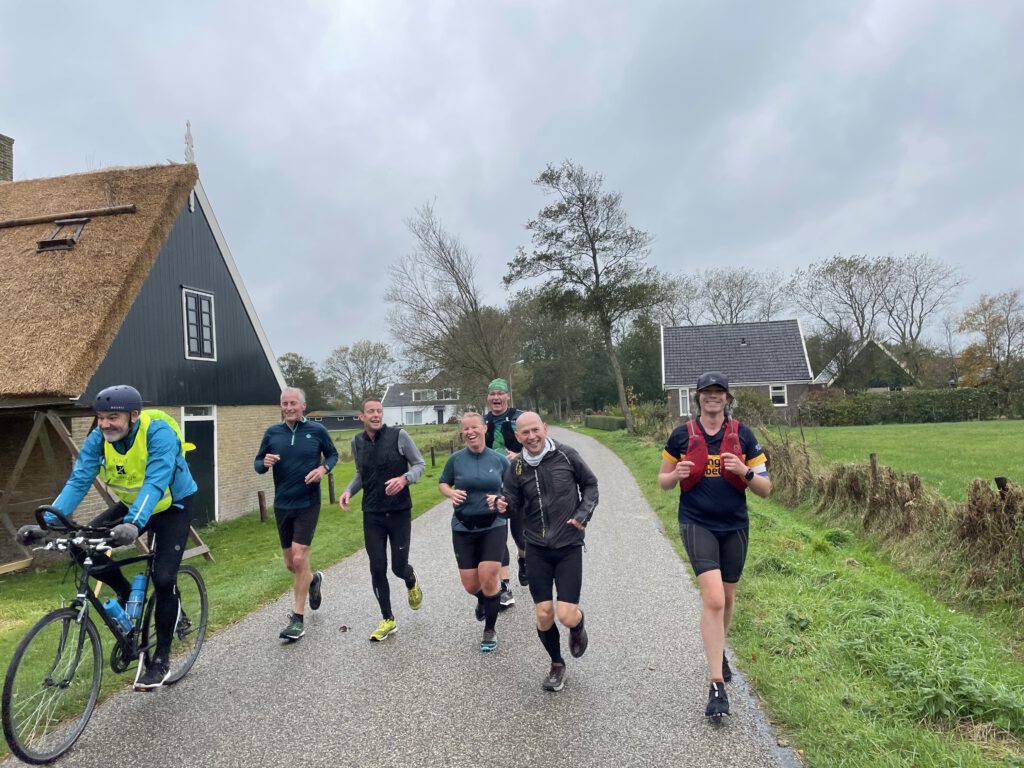
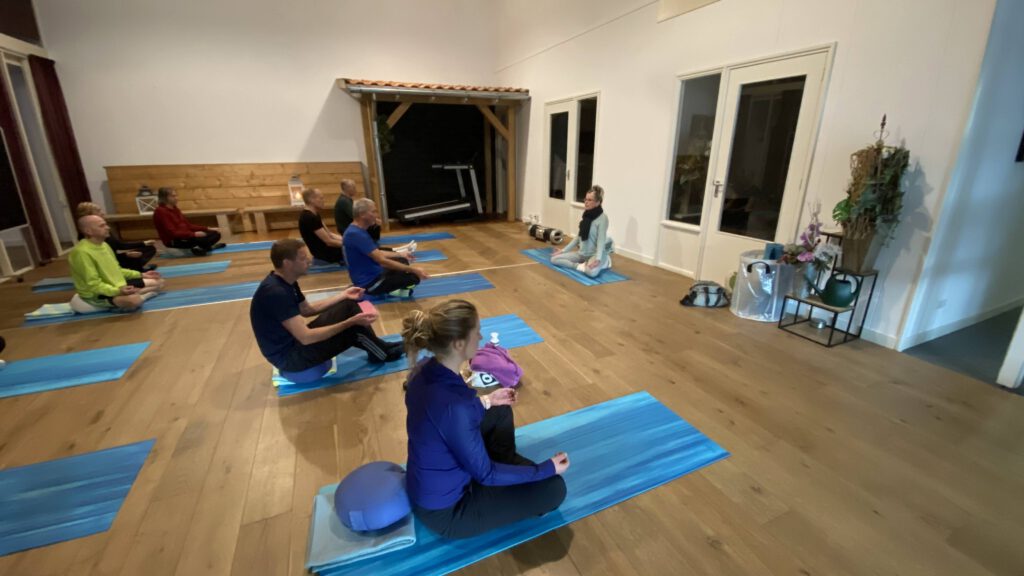
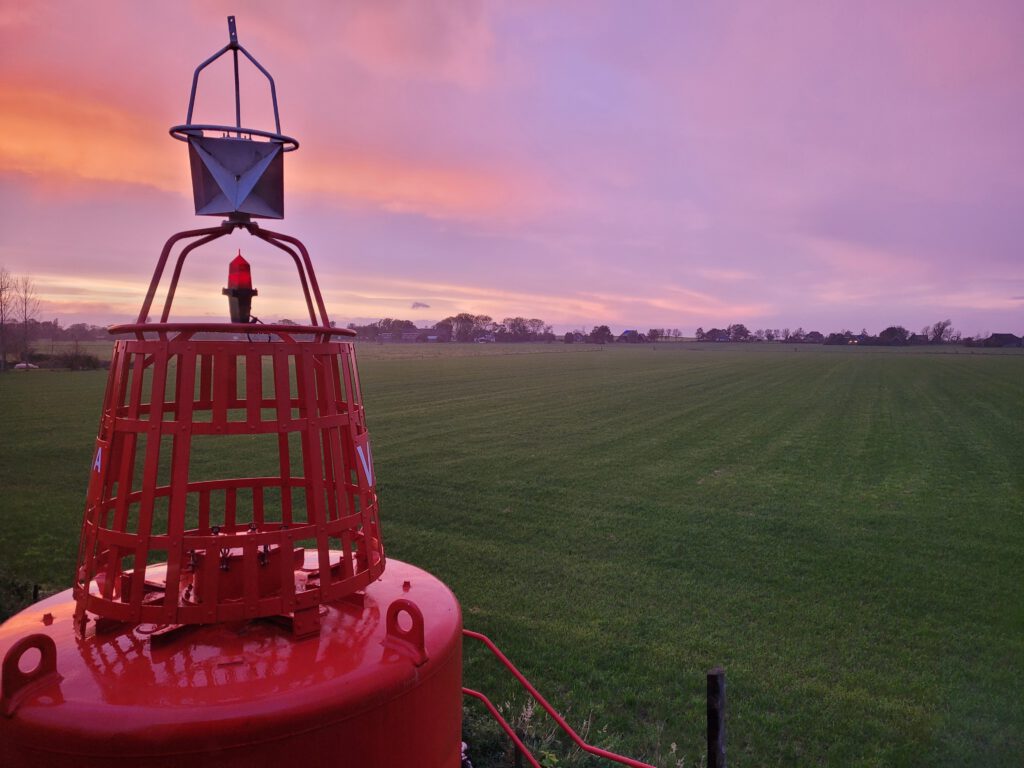
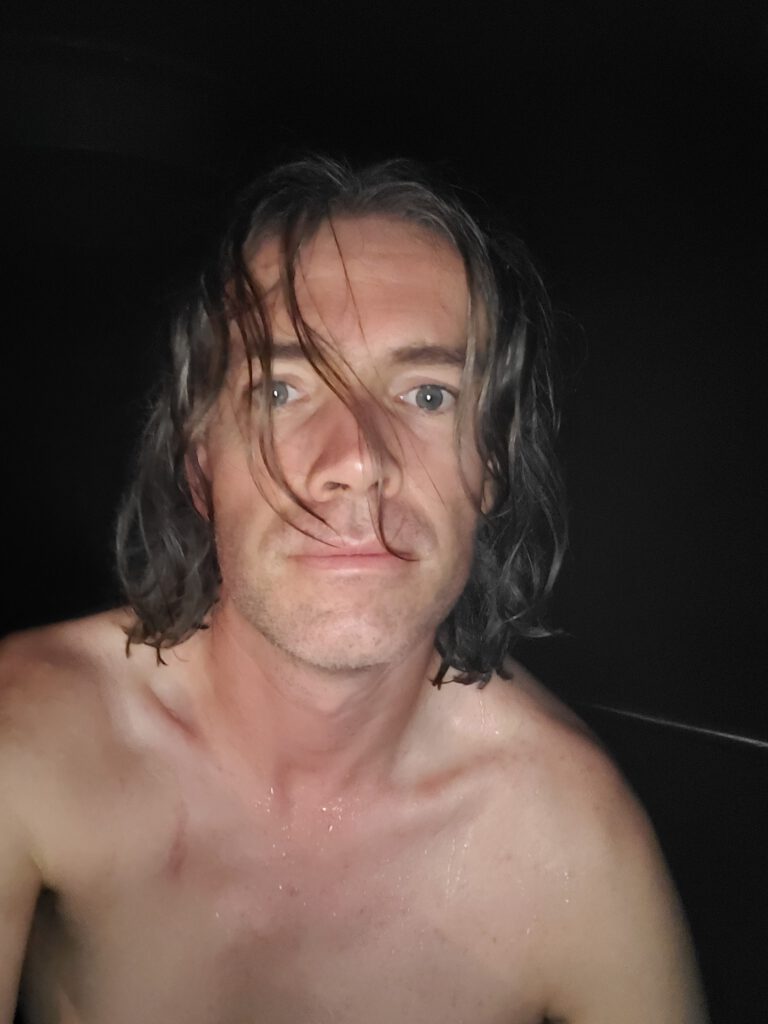
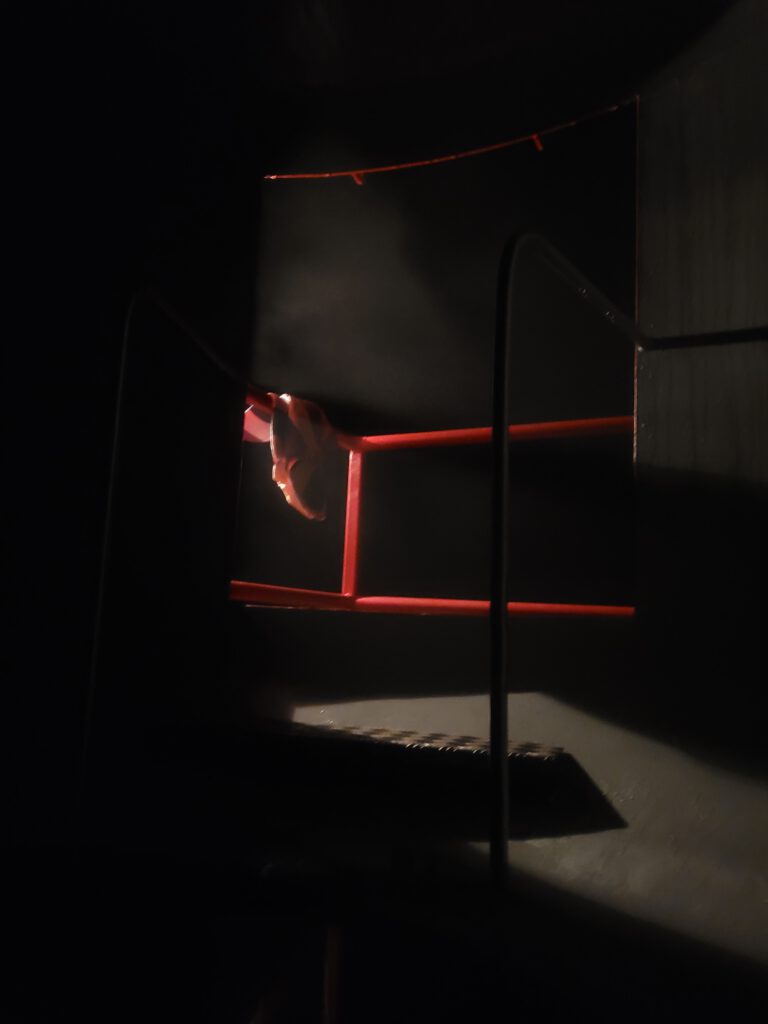
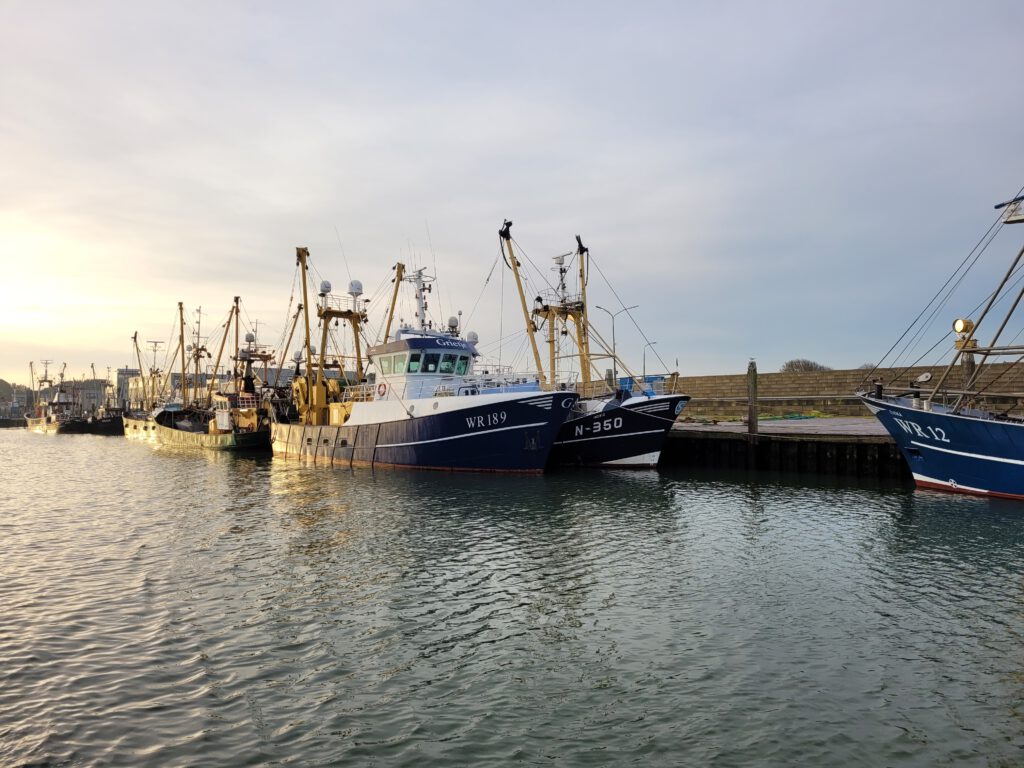
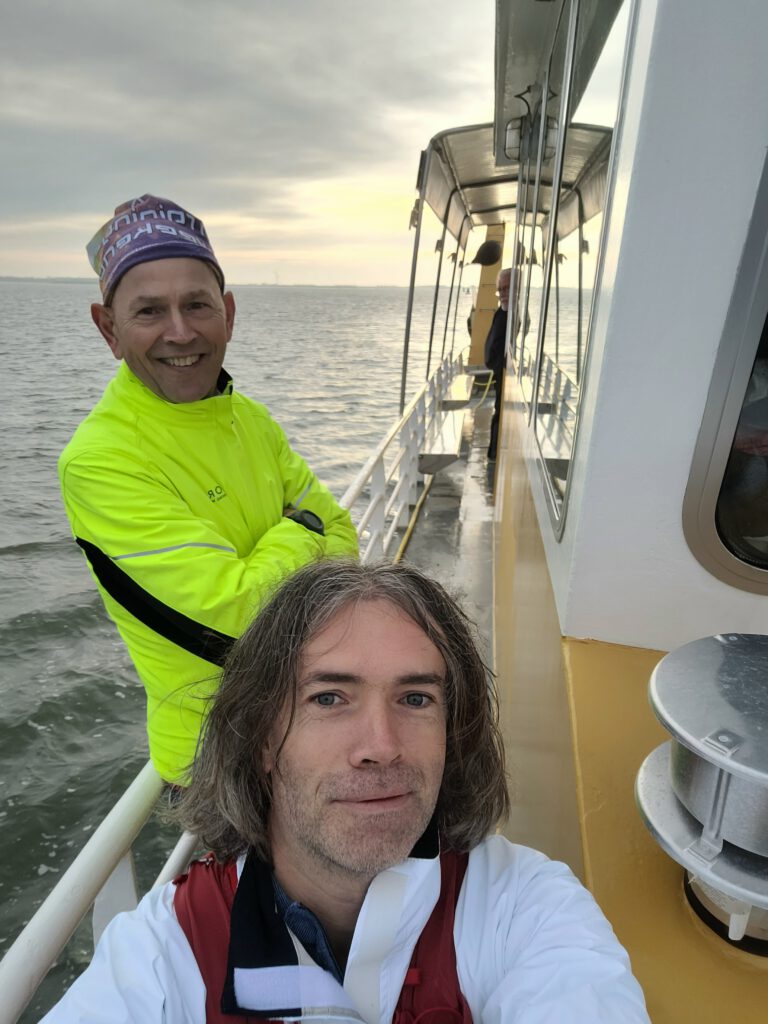
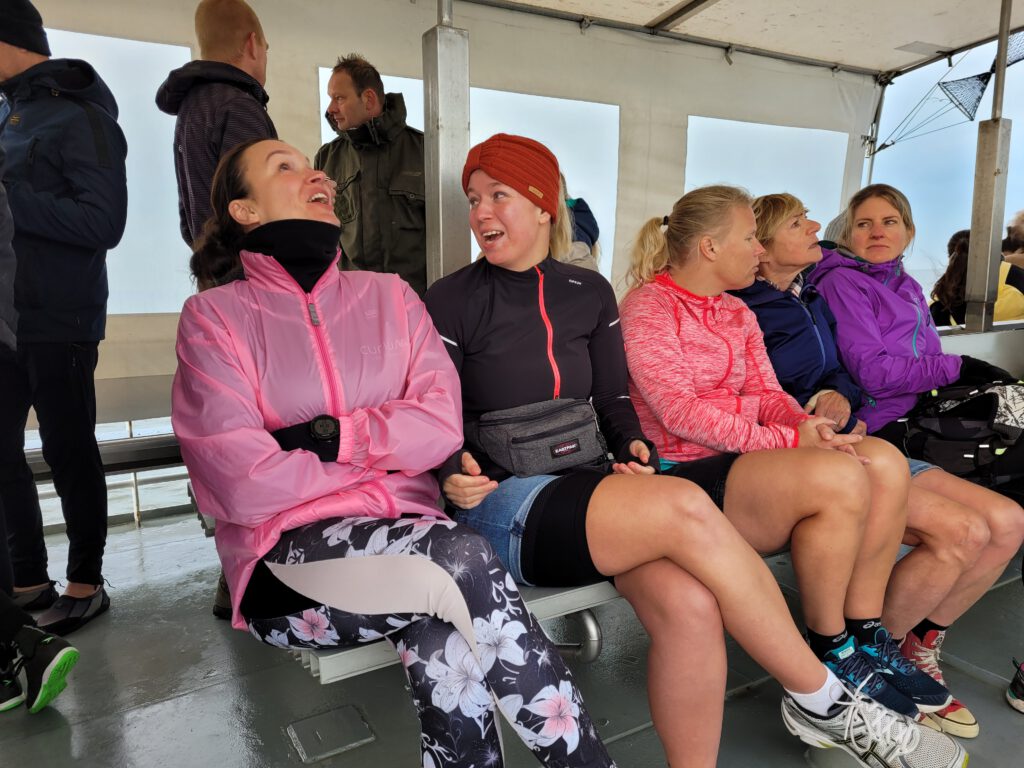
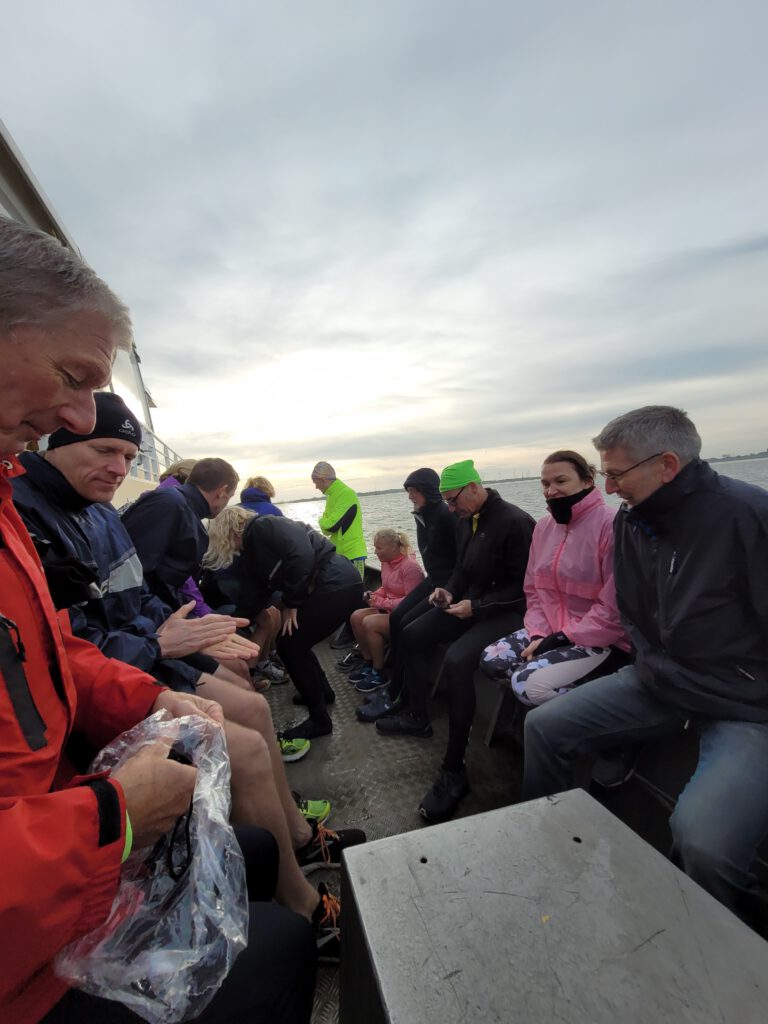

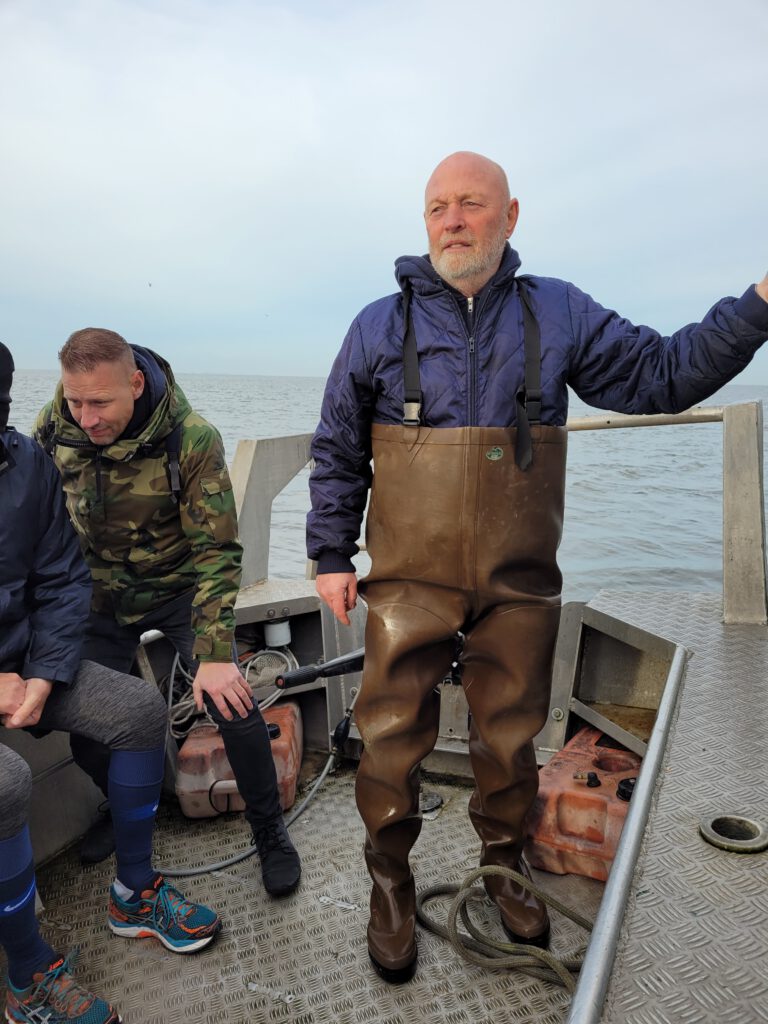


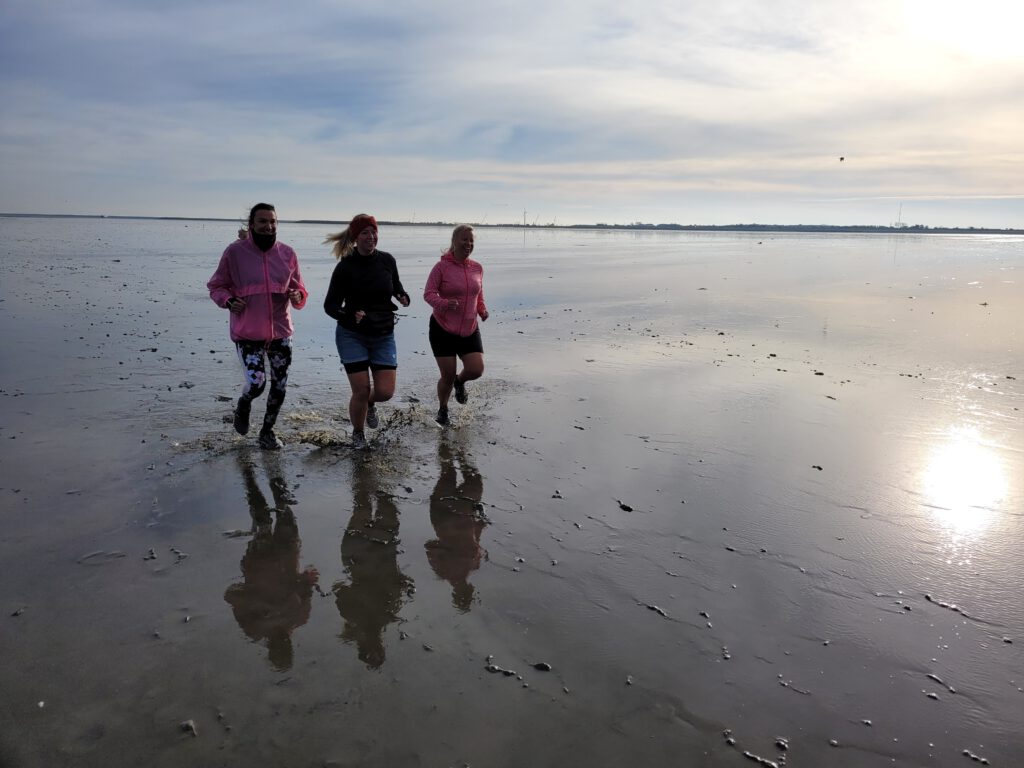
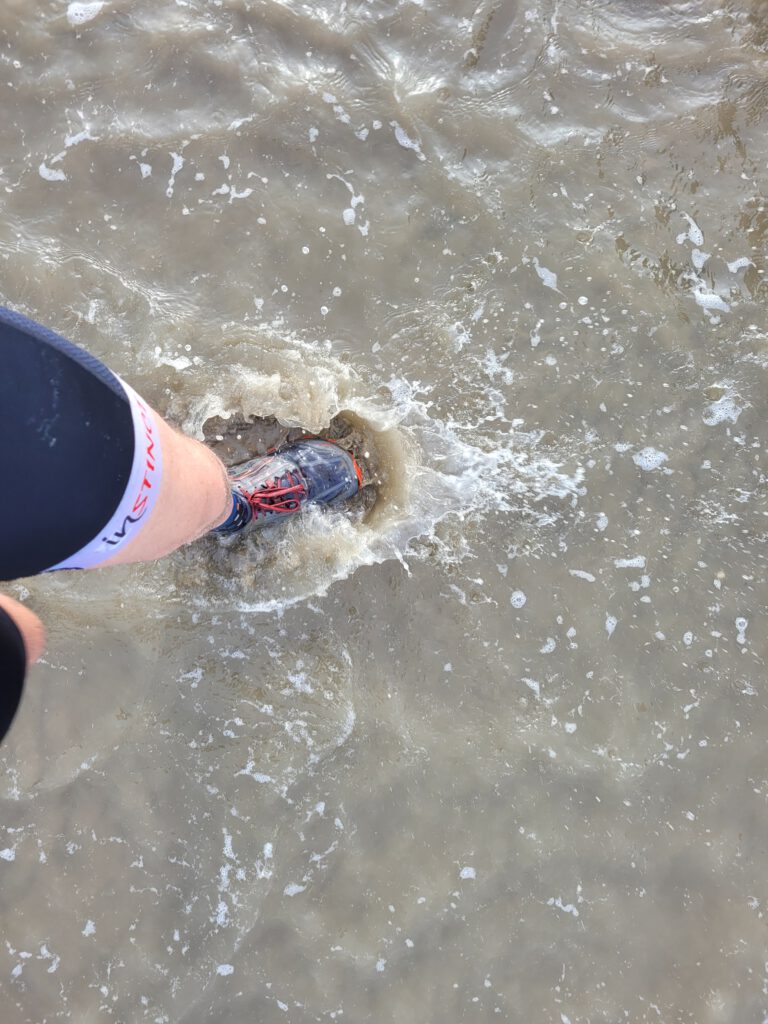
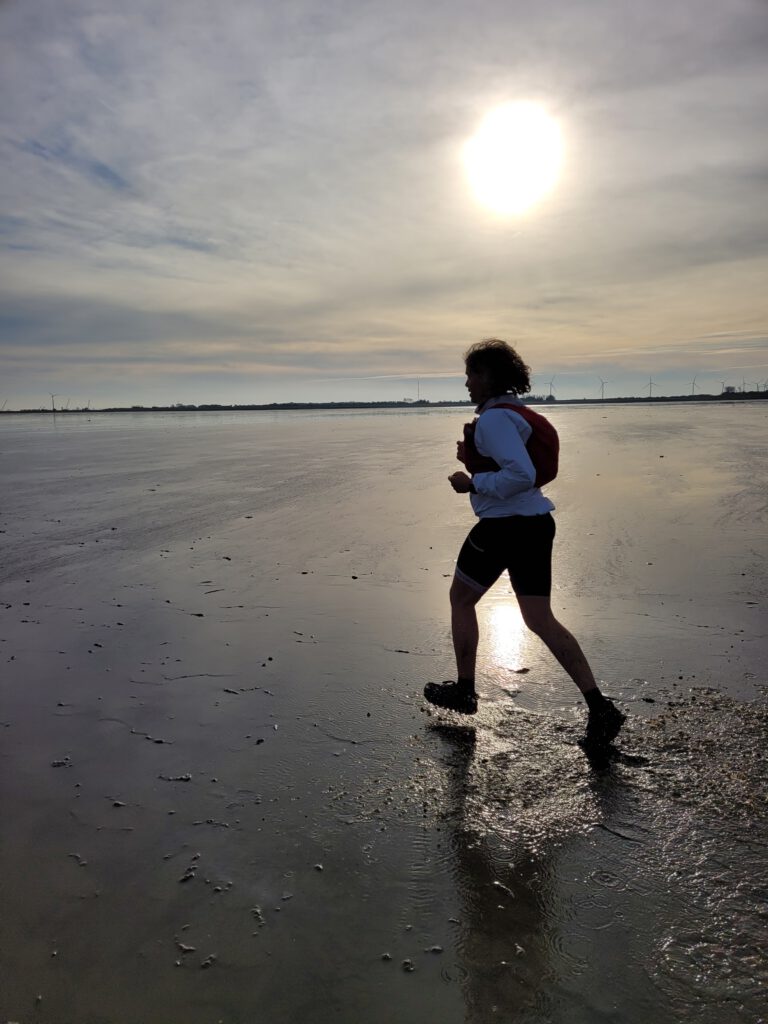

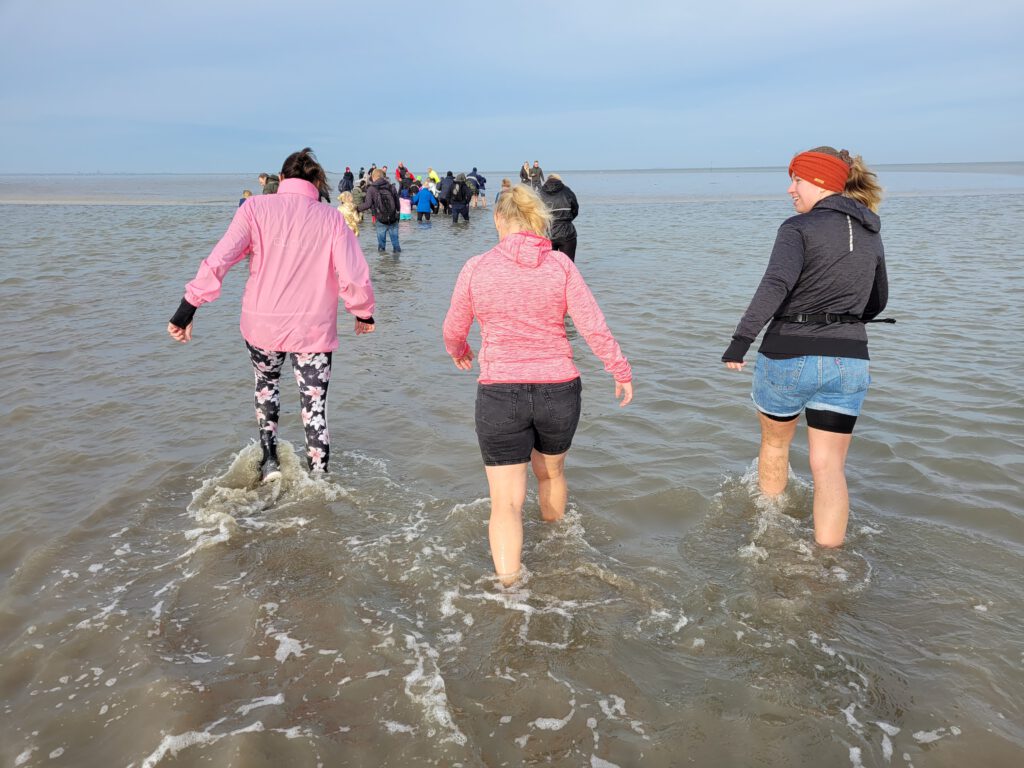

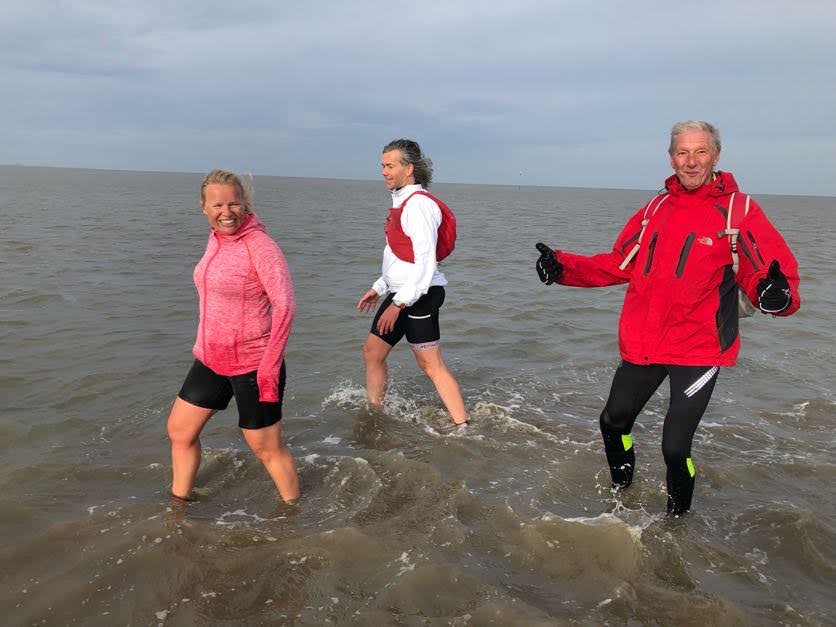

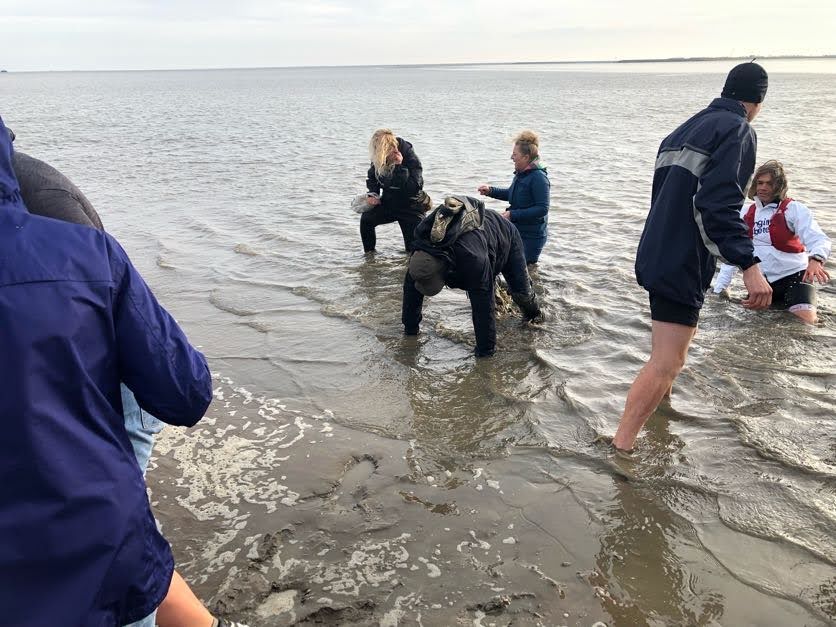
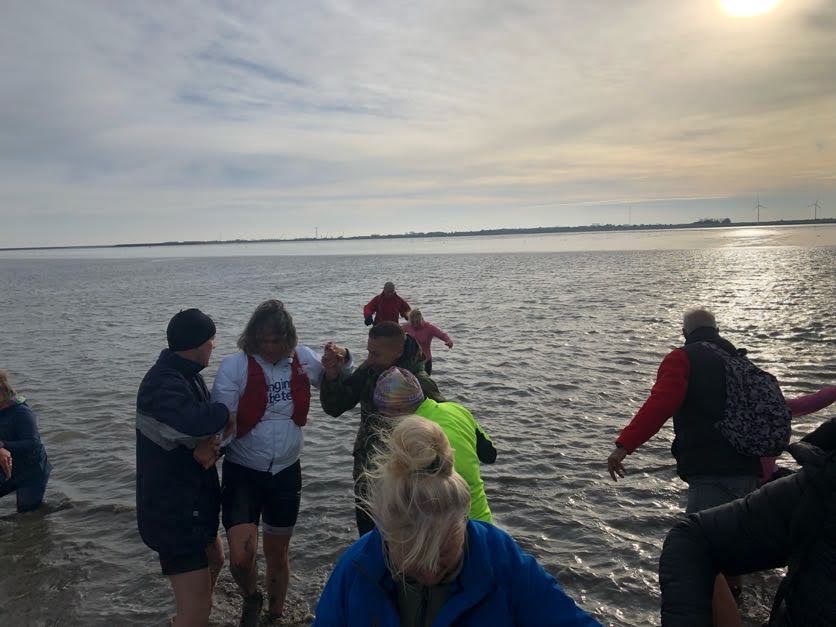
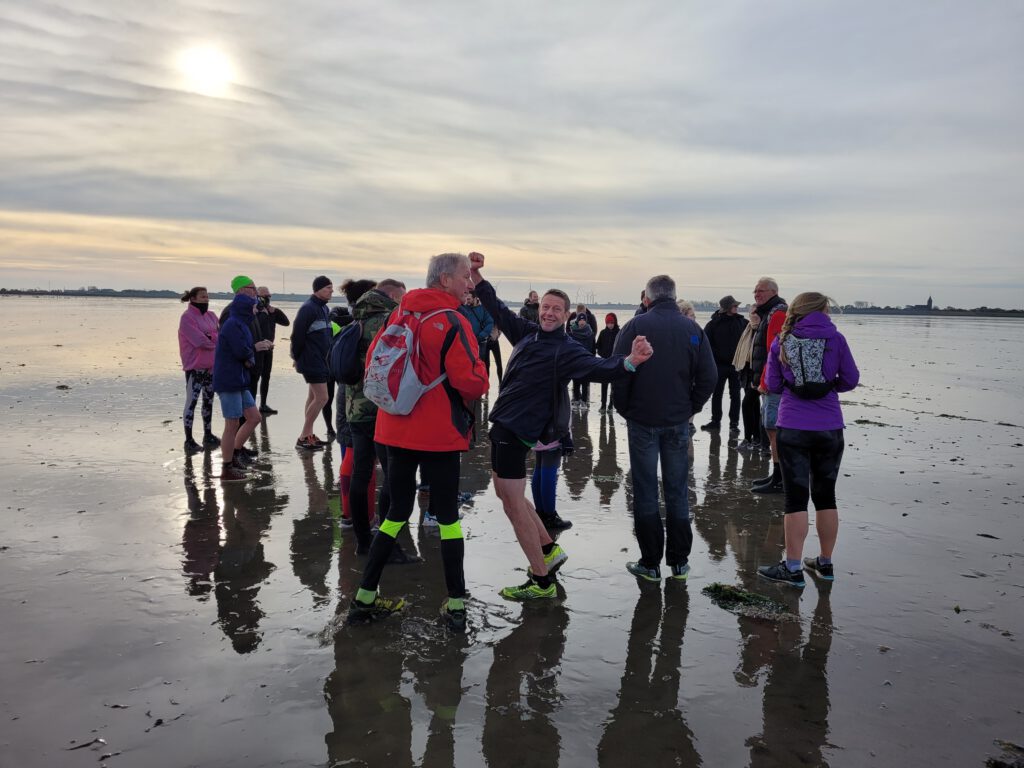
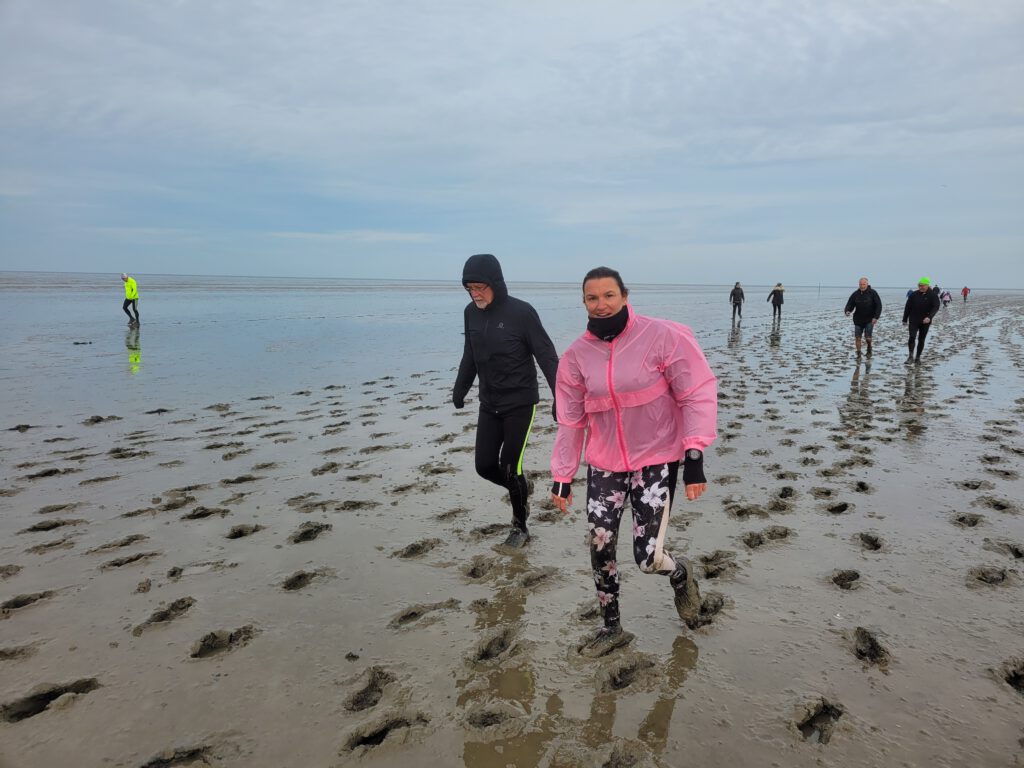
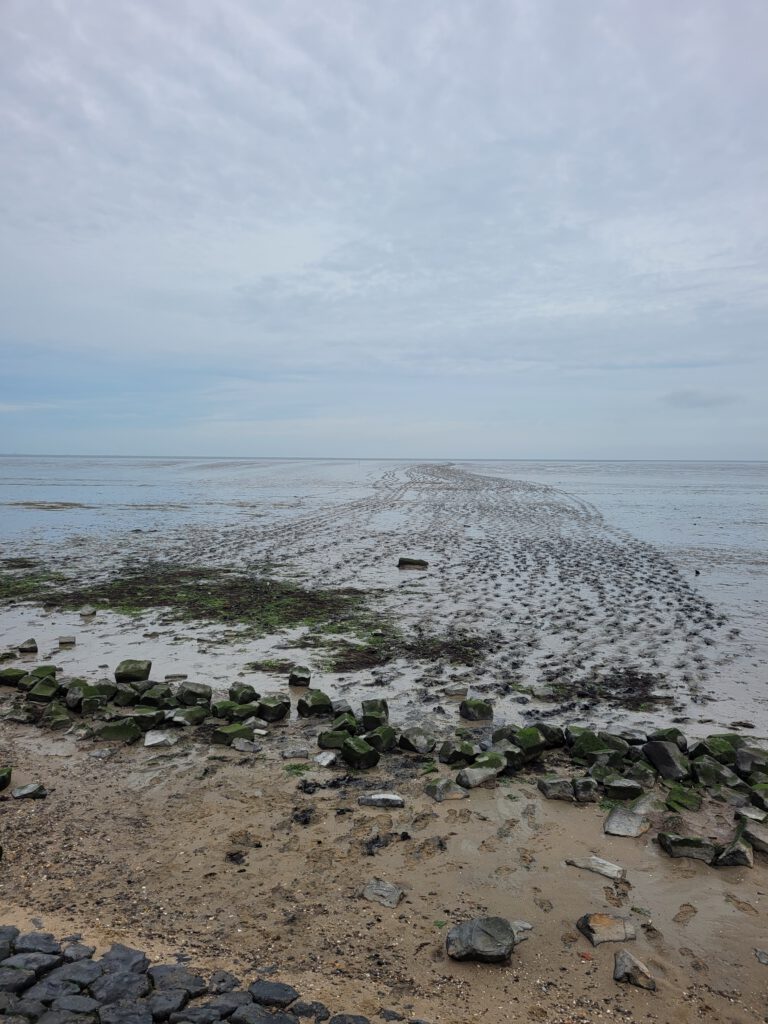


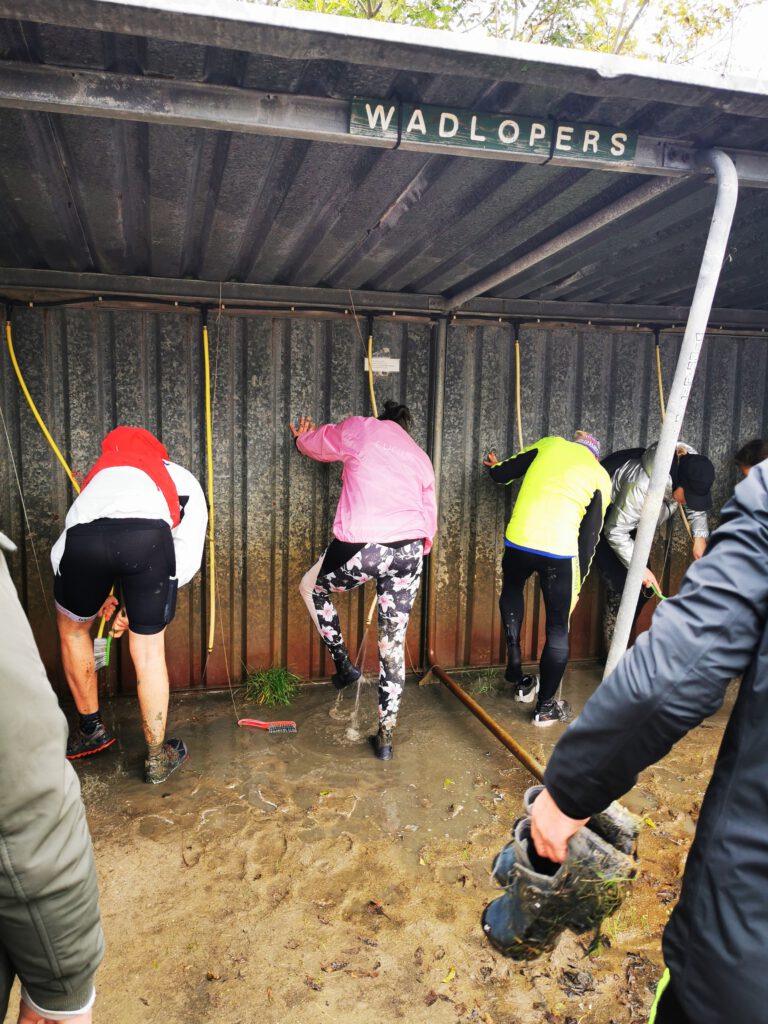
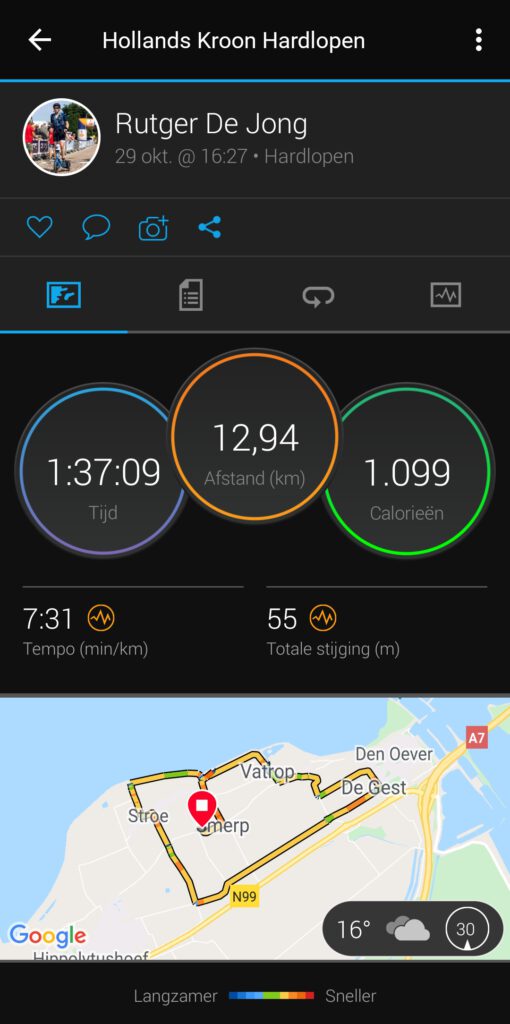
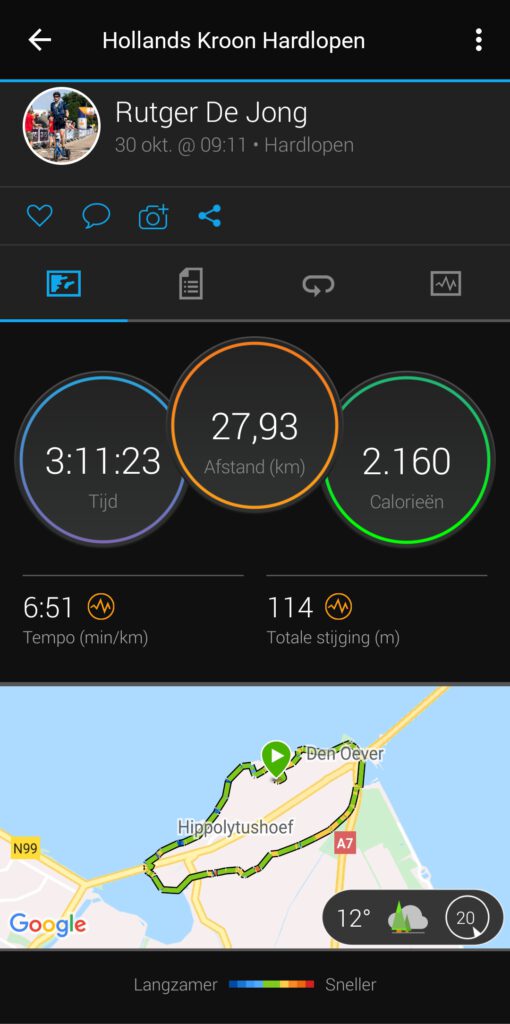
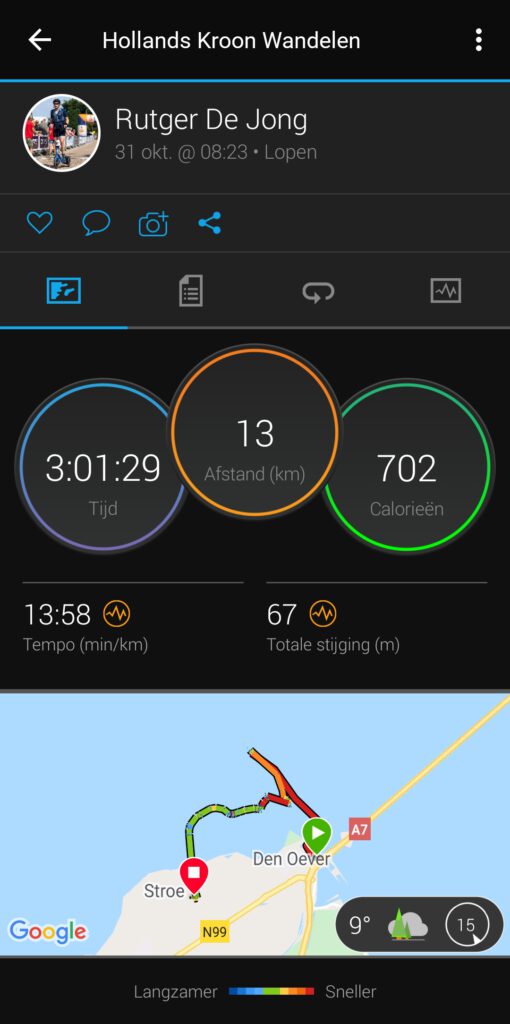
Jeez Rutger, what a great job you did, compliments! Also how you describe how you deal with your diabetes. Fascinating! Worthy of a publication for fellow diabetics. I think it is special! Thank you and hopefully until next time.
Kind regards,
Marianne
Hi Marianne,
That's exactly what I want to convey with this blog: it can sometimes take a bit more effort, but diabetics shouldn't be held back. I remember the time when I was struggling with how to get above 10 km in distance (the moment when nutrition comes into play). Until I saw other diabetics who didn't let that stop them from running the Marathon des Sables or even doing a legends grand slam (three 250 km runs in one year). Nice to have met in such a cosy little group.
With kind regards and see you on the trails,
Rutger